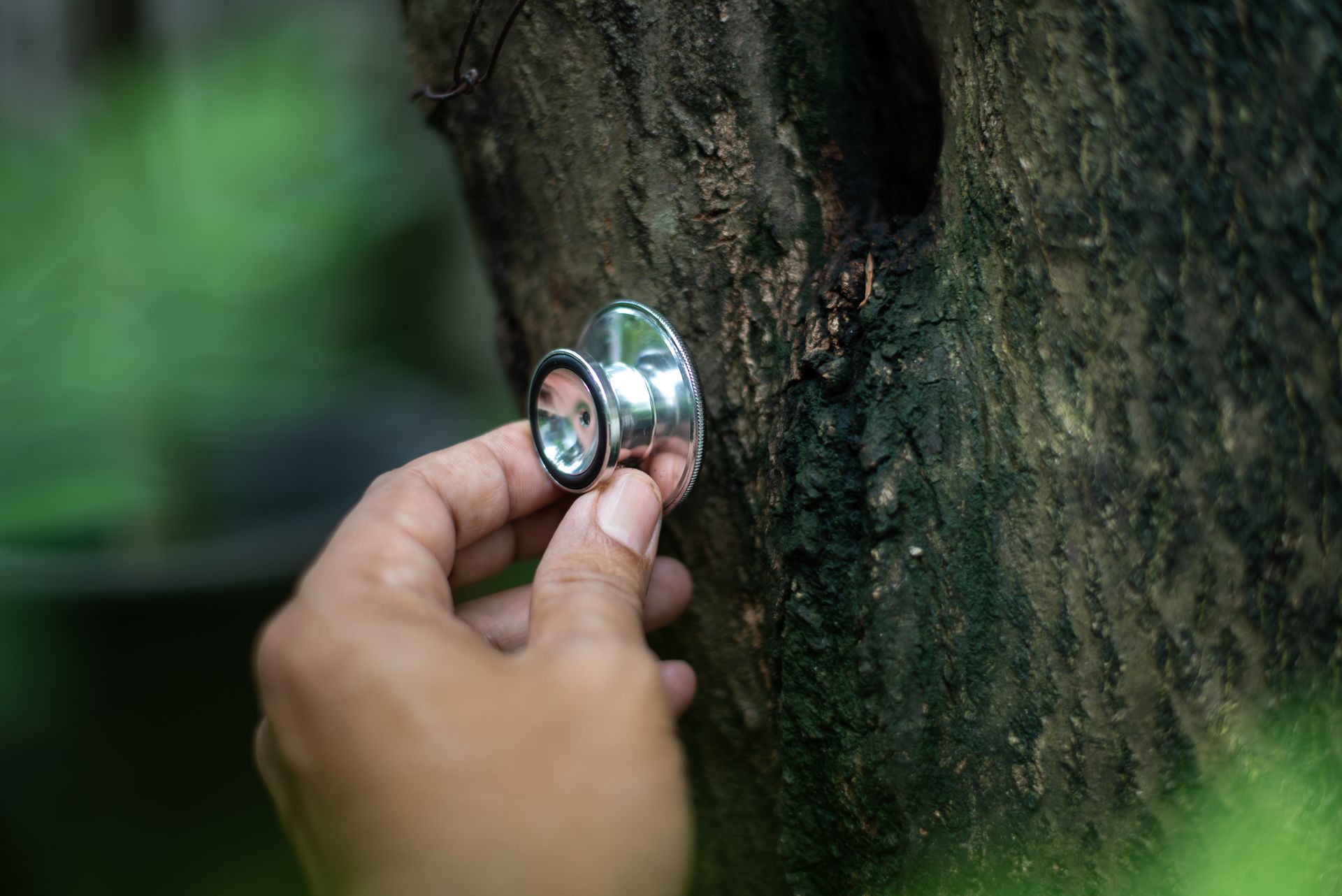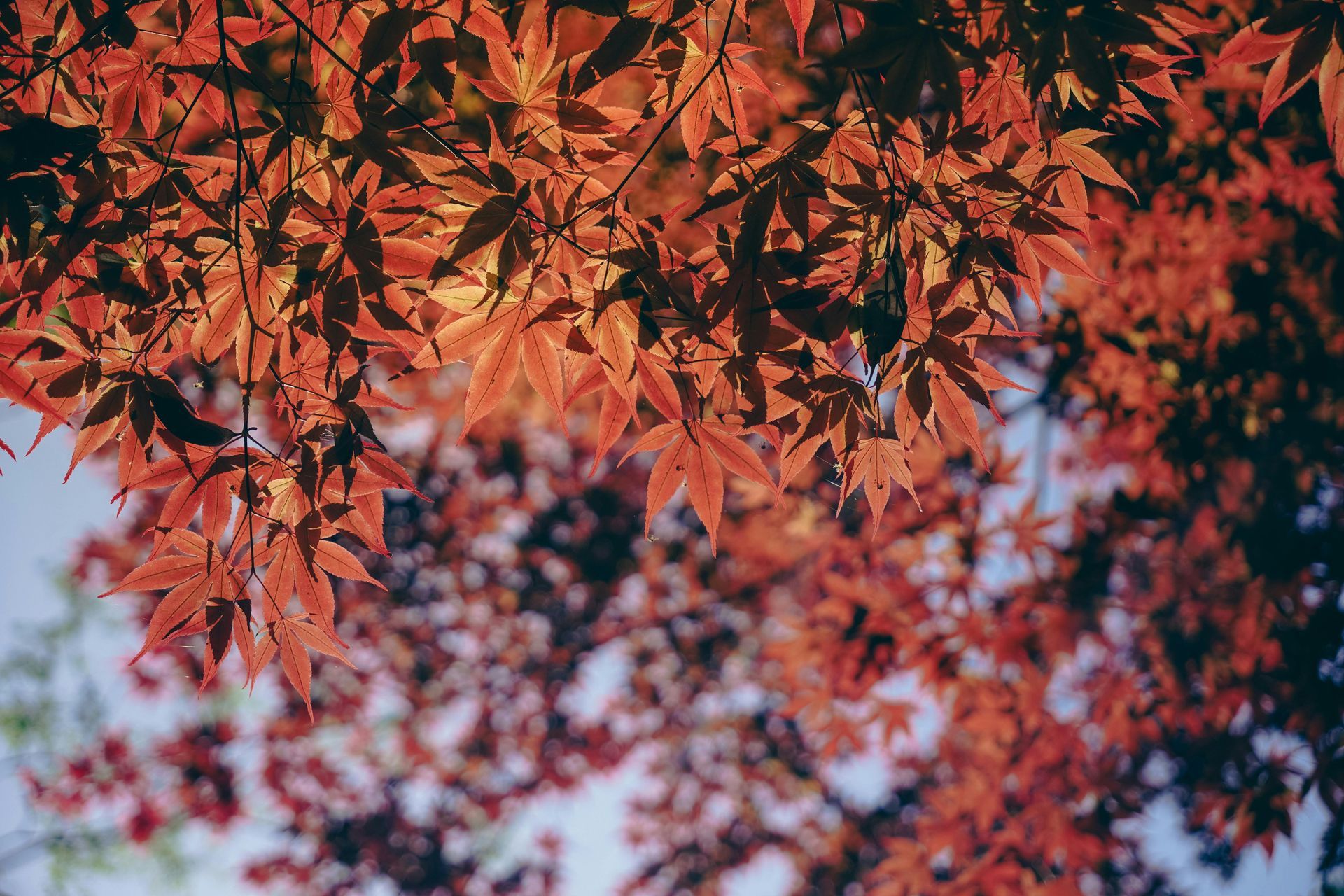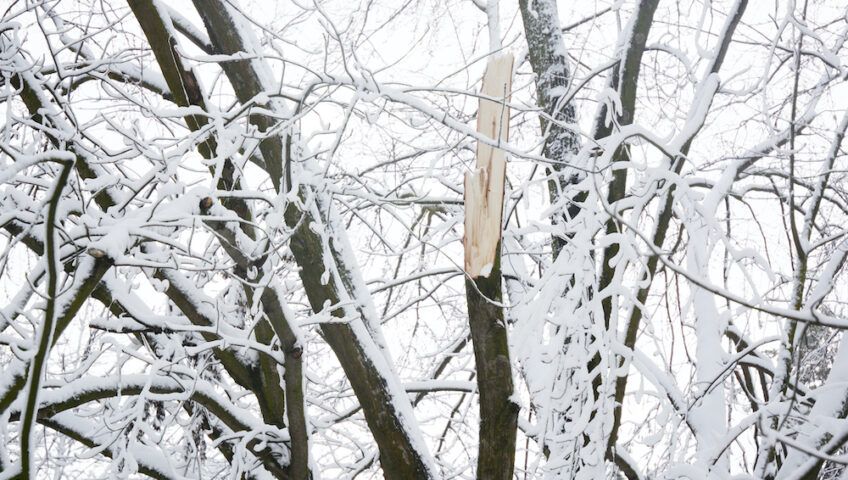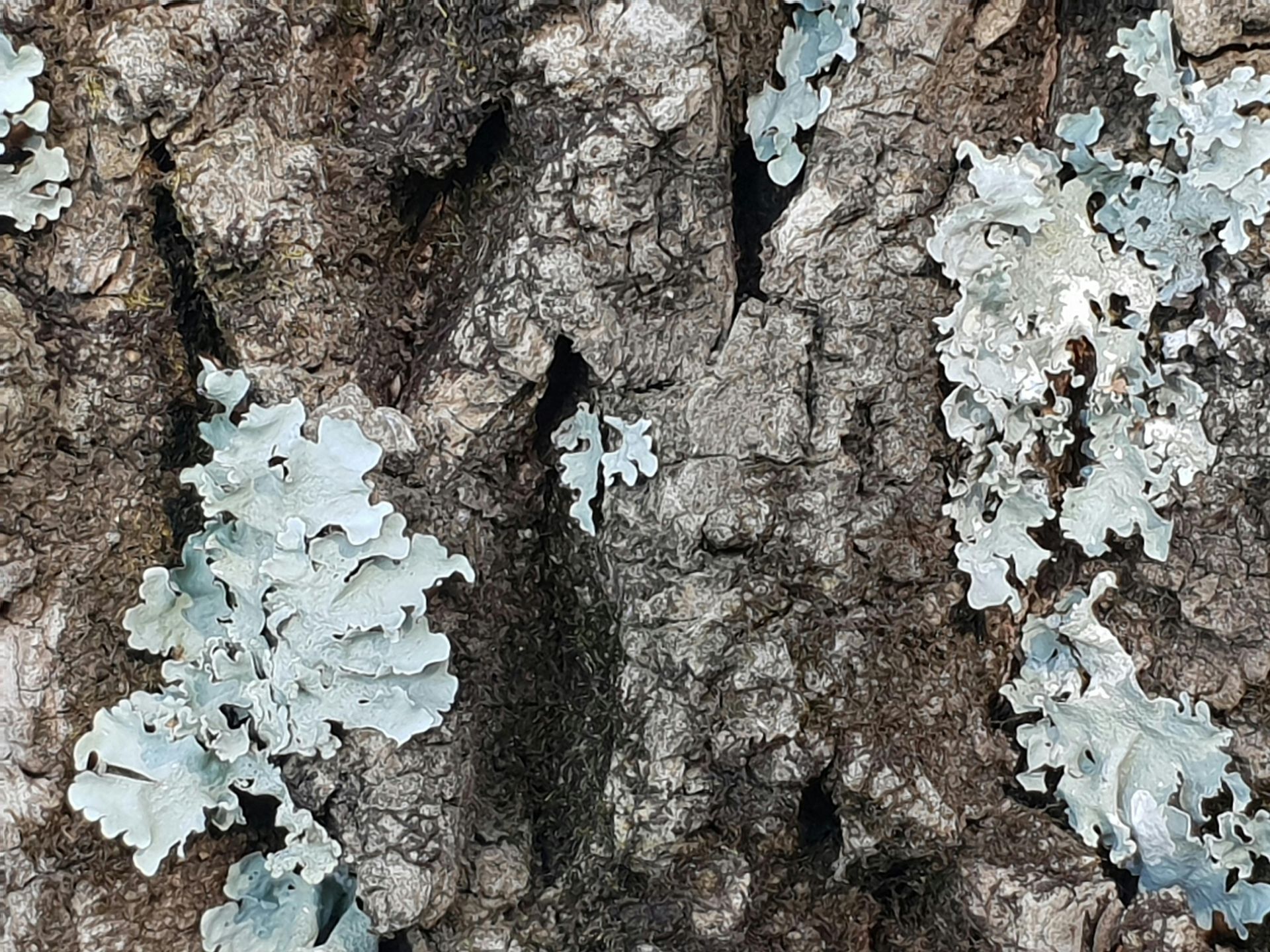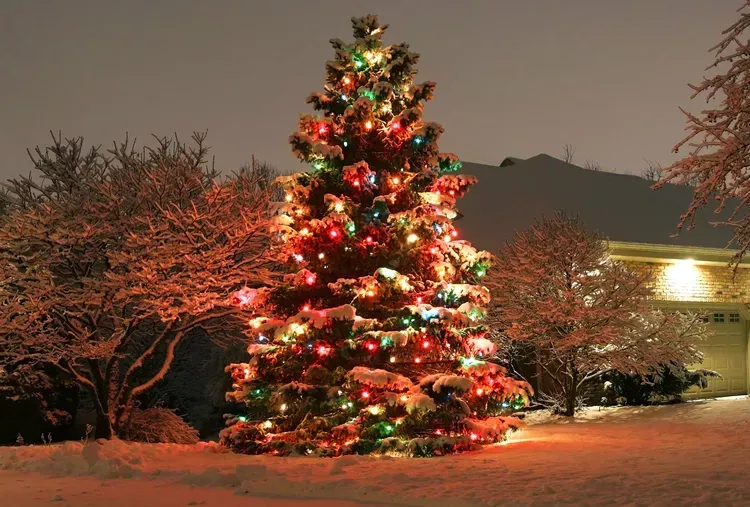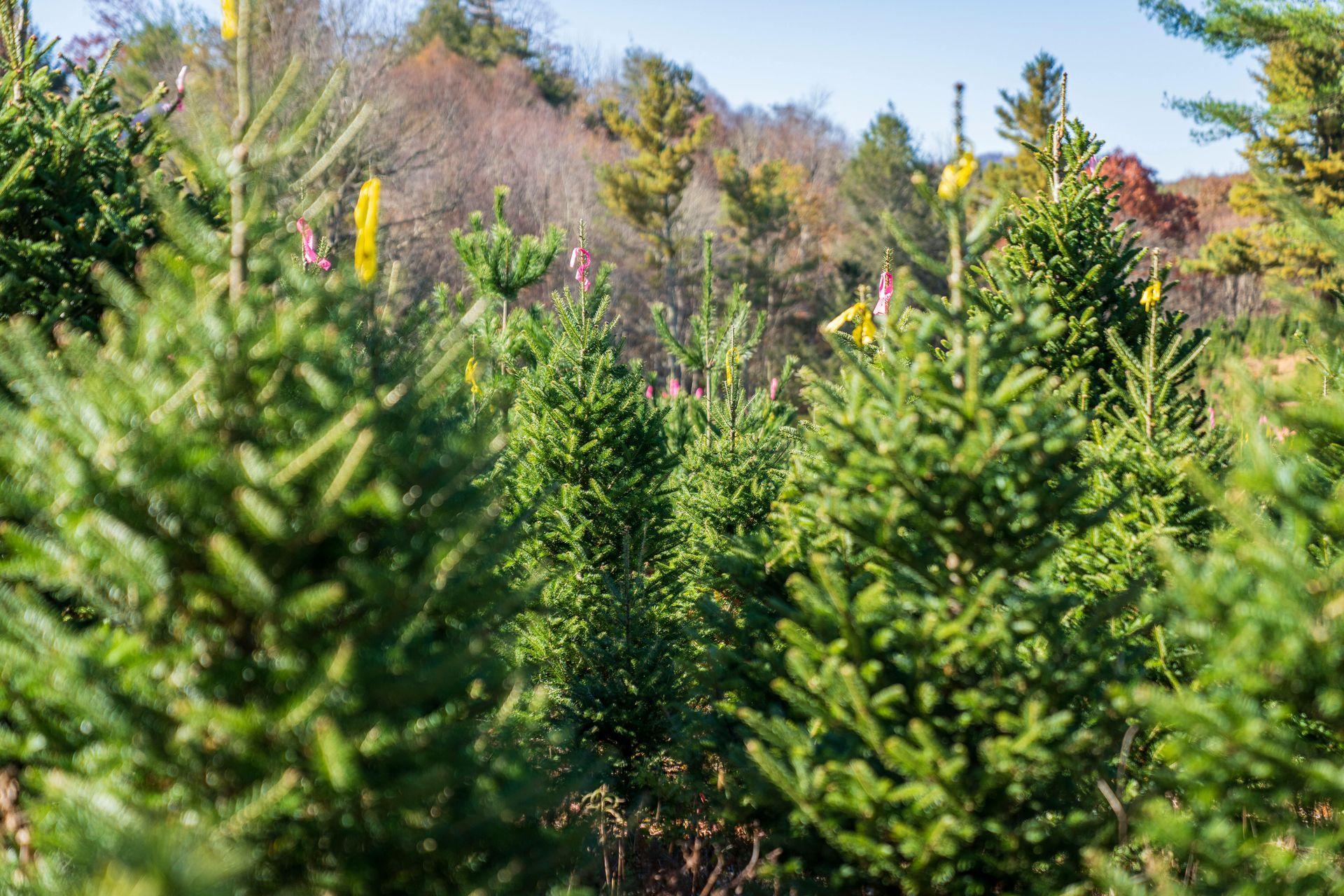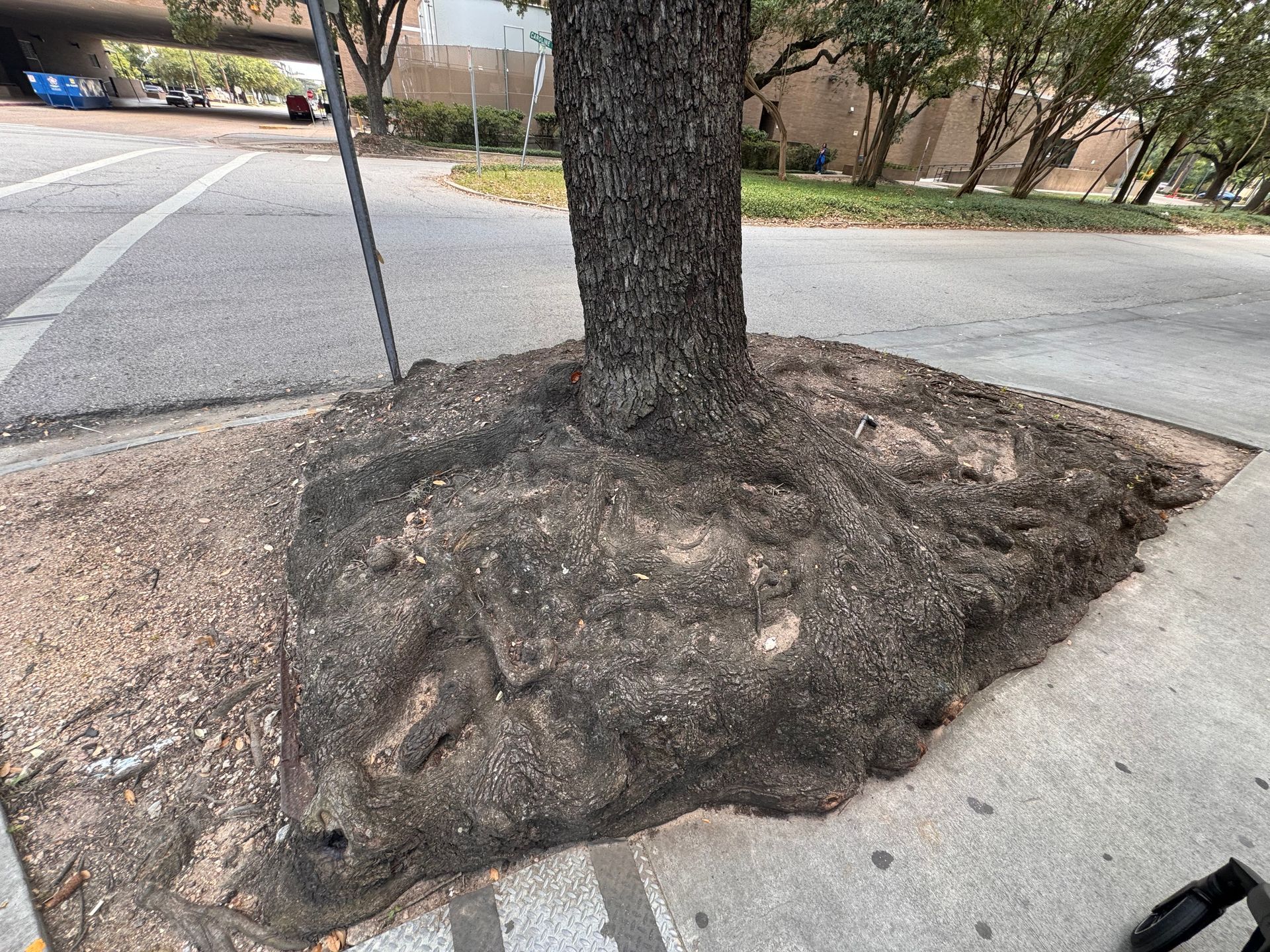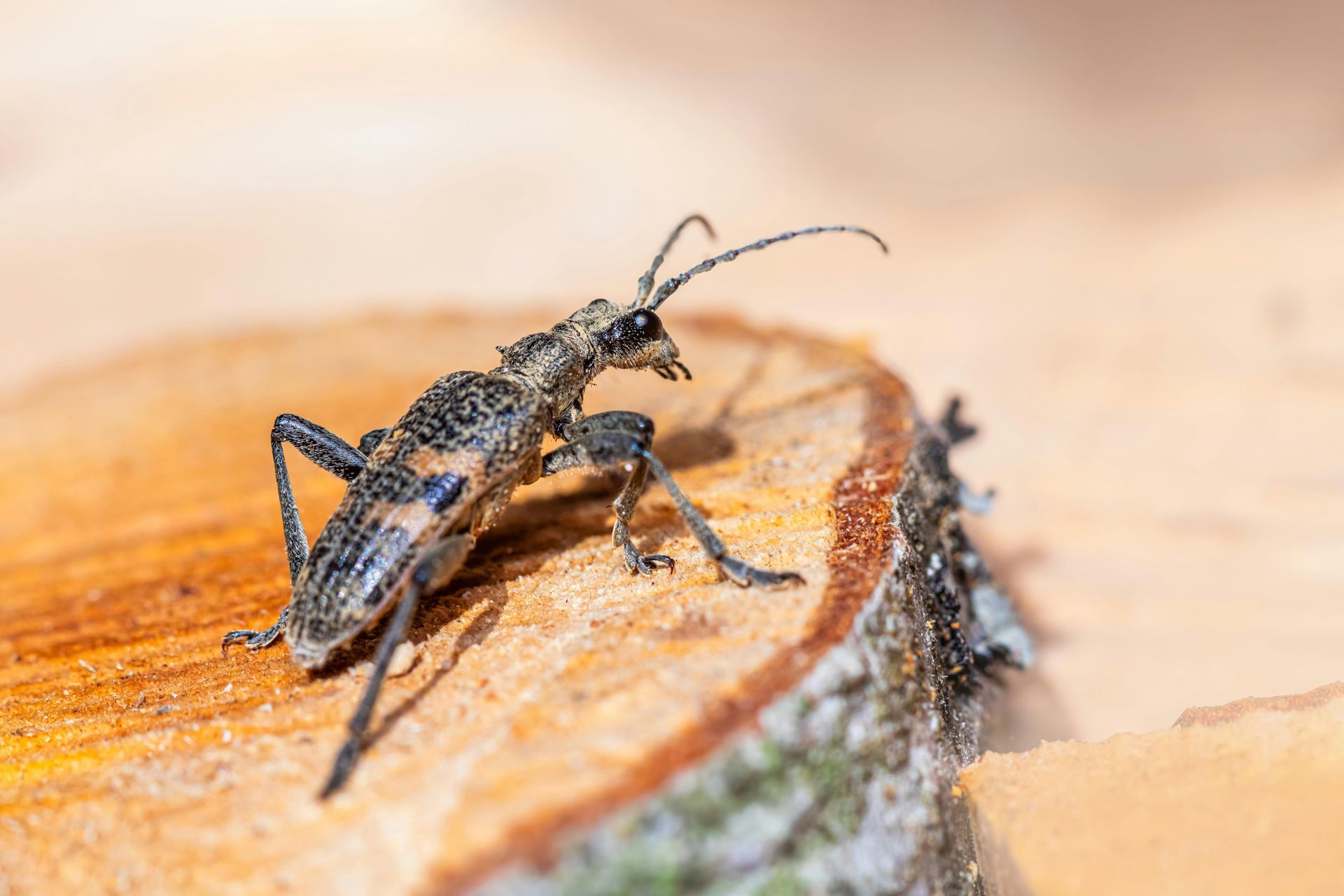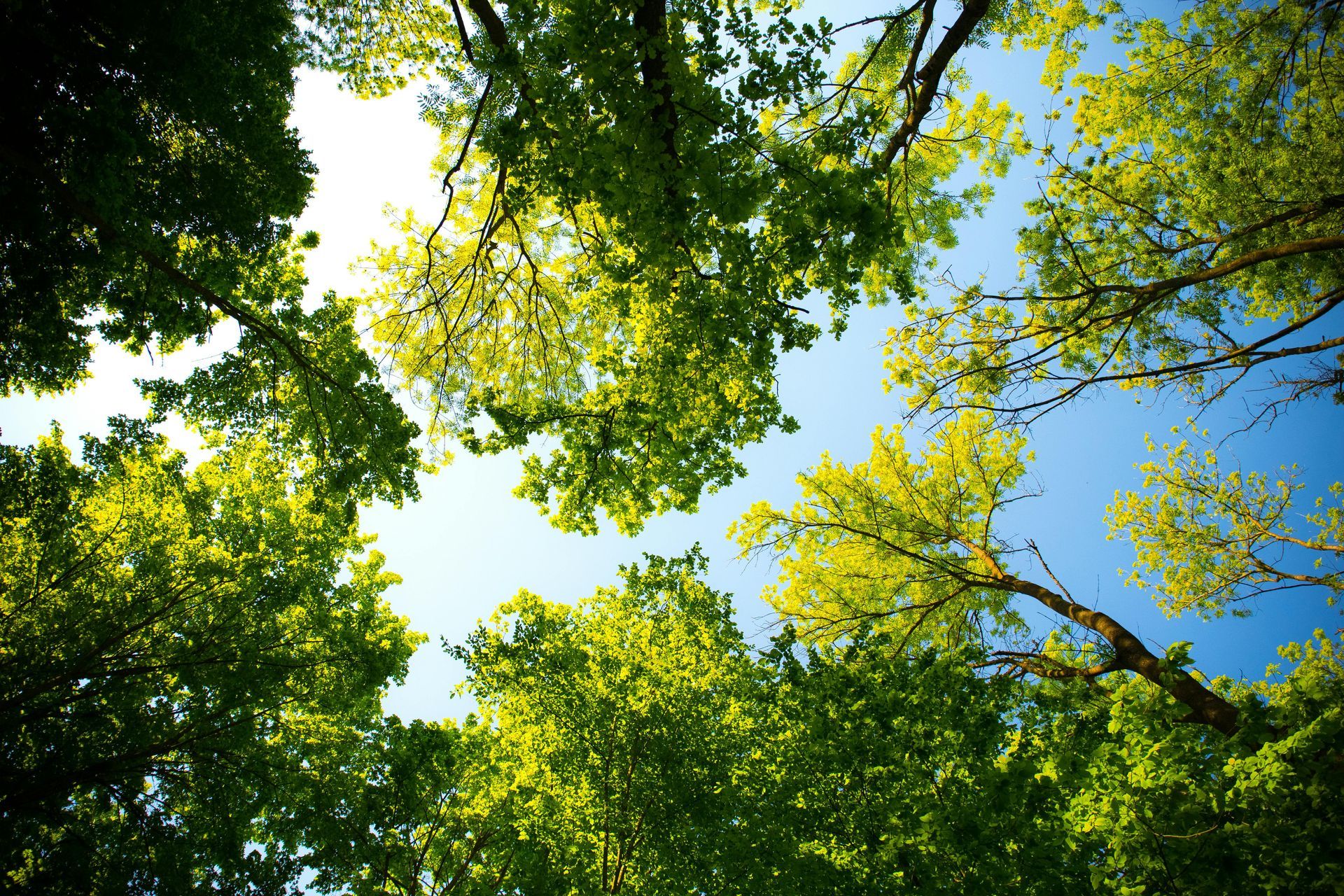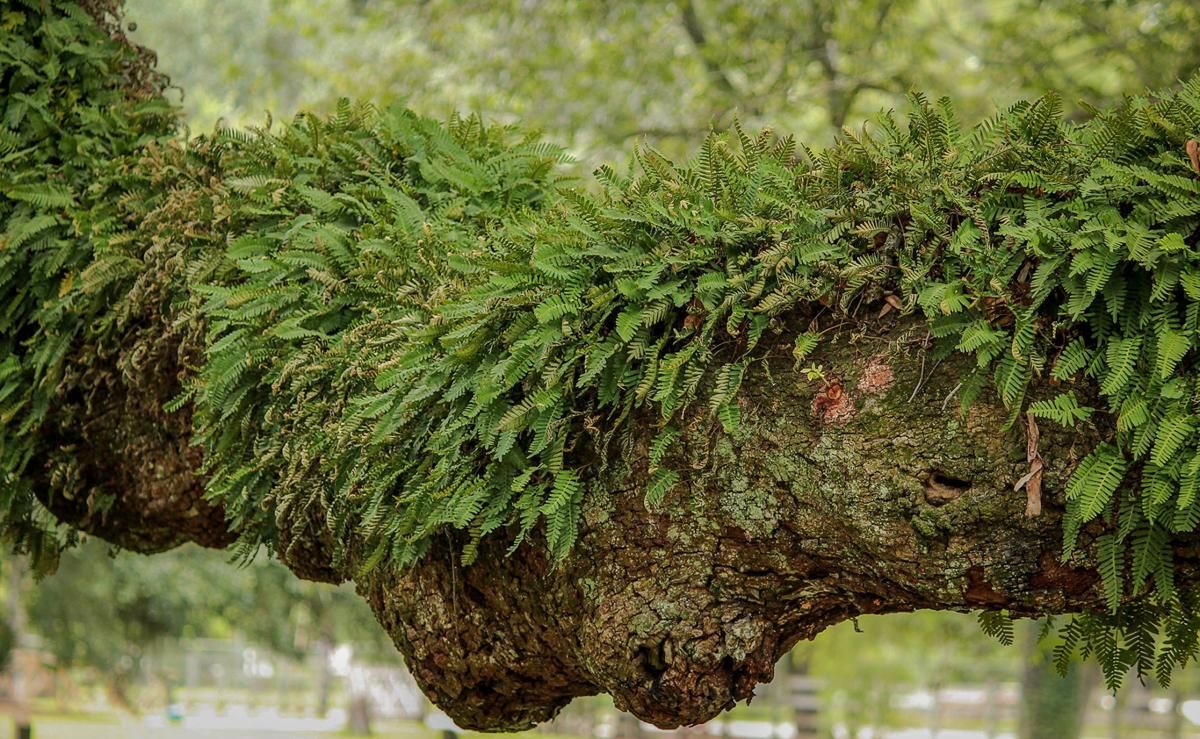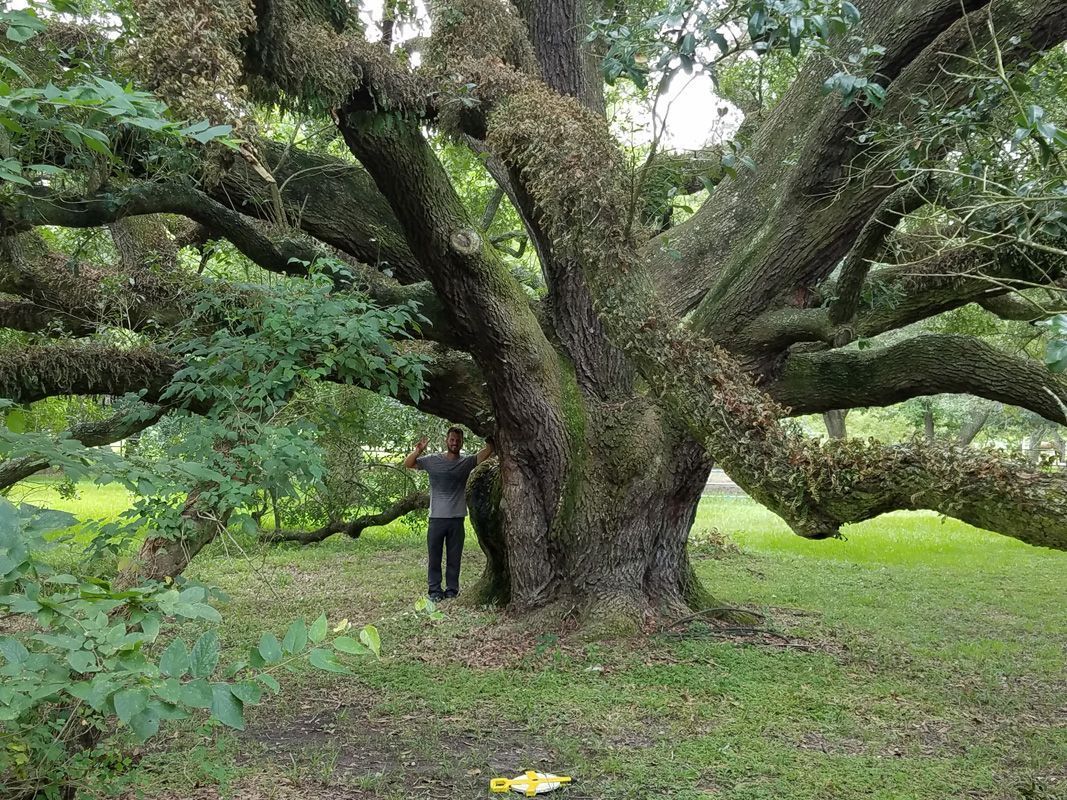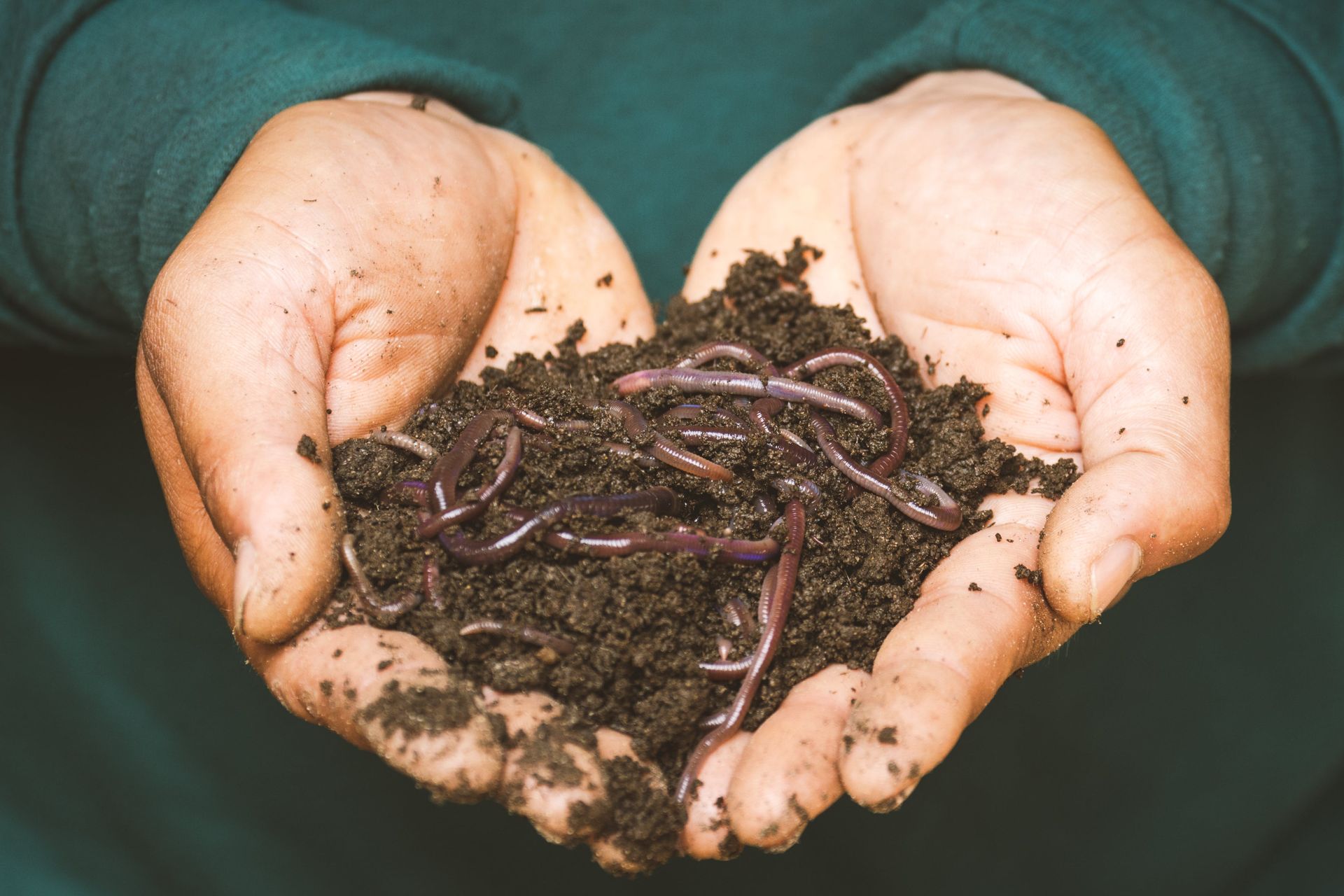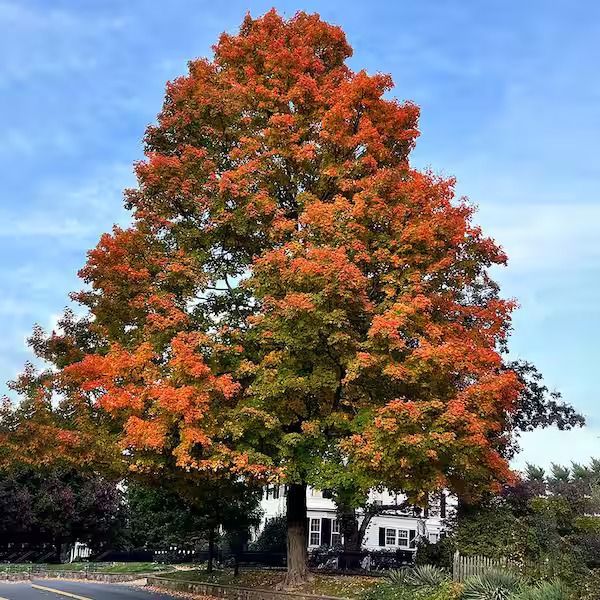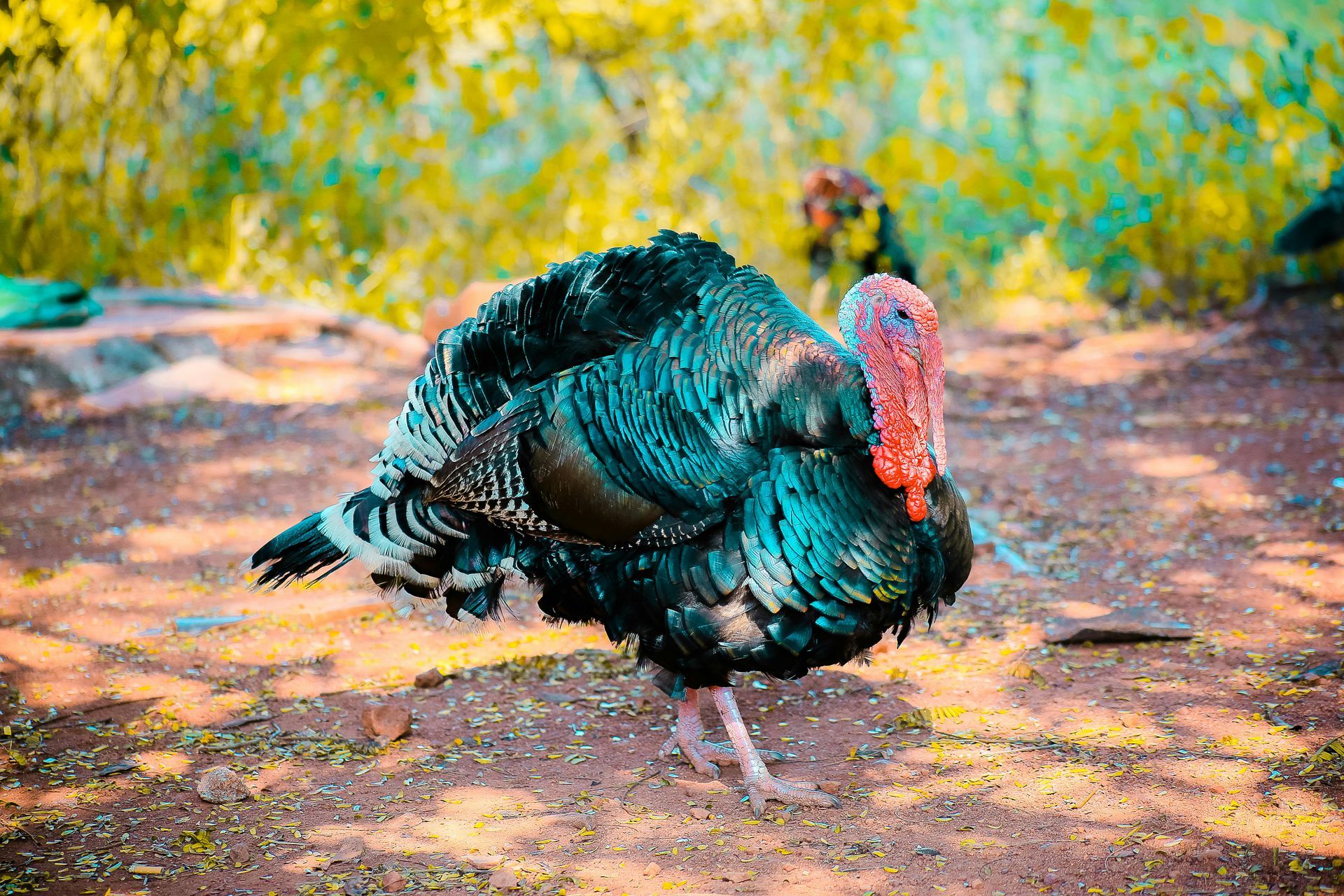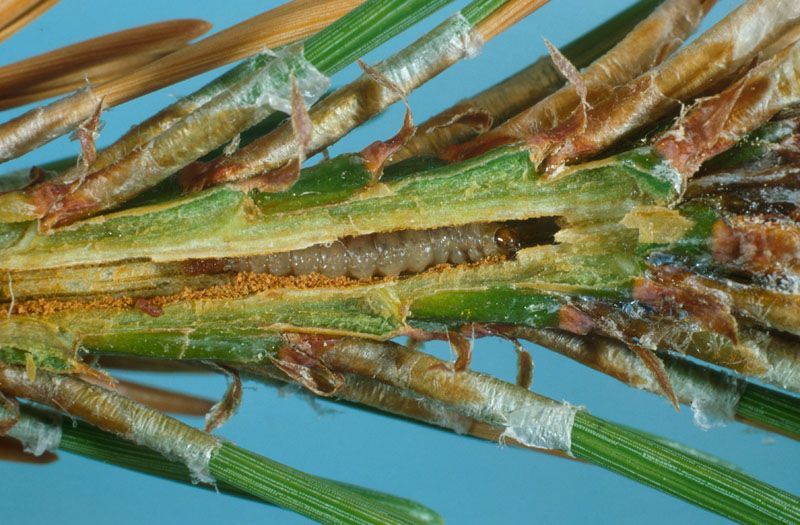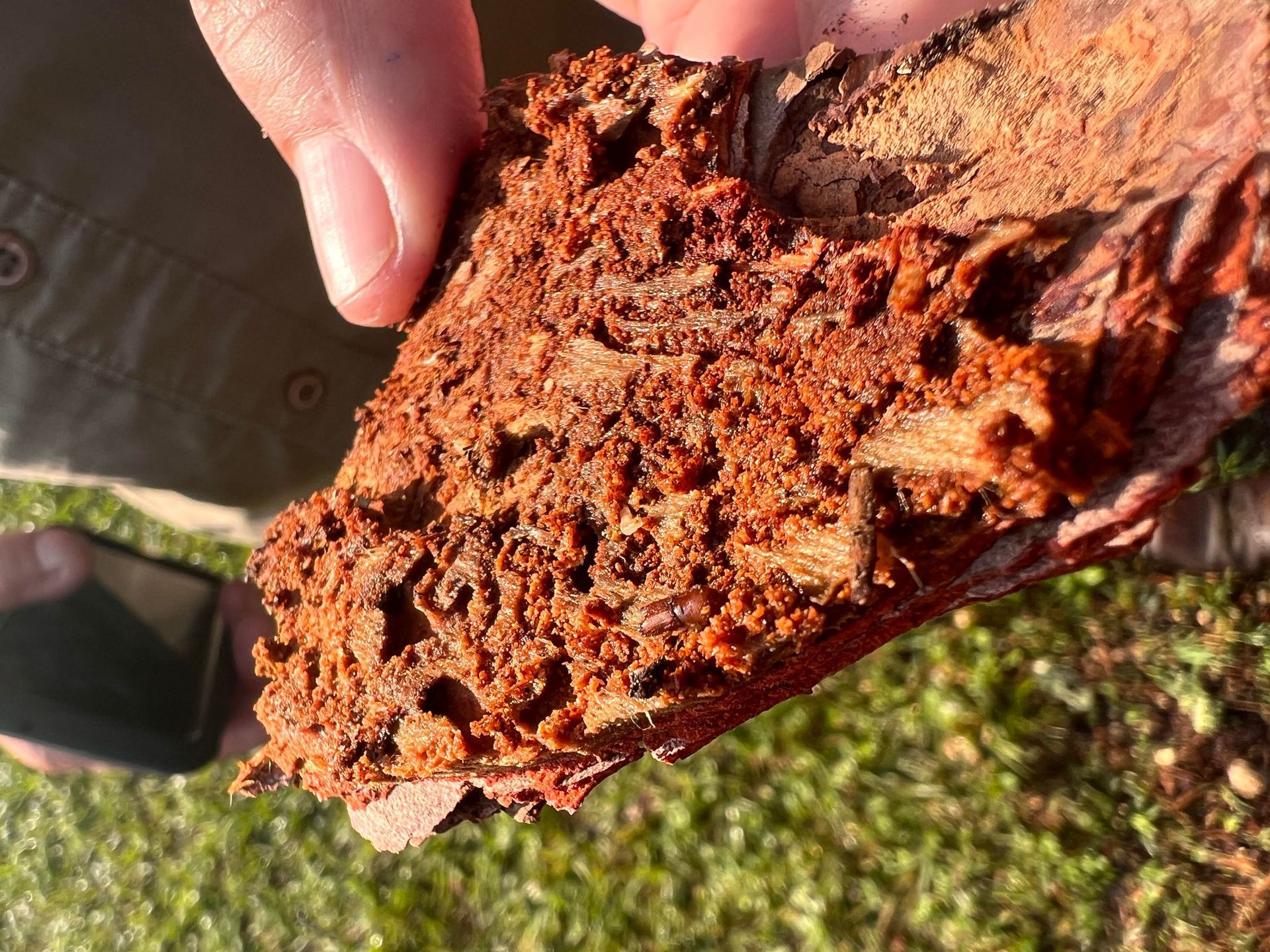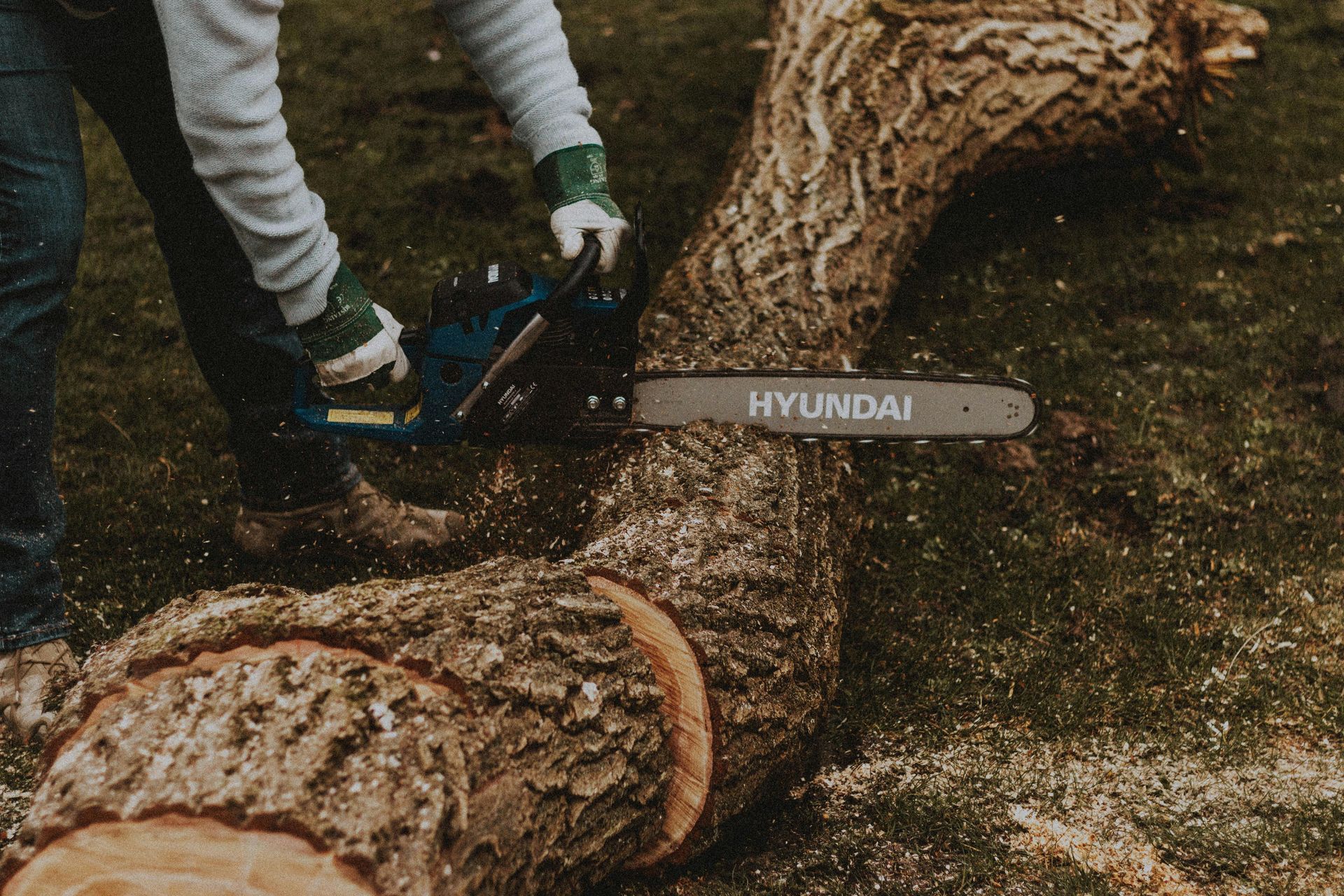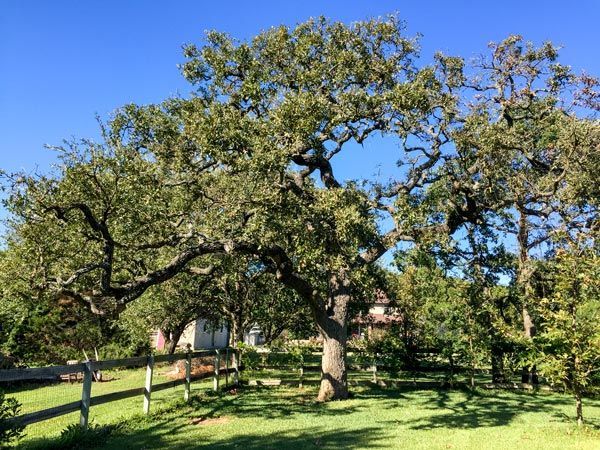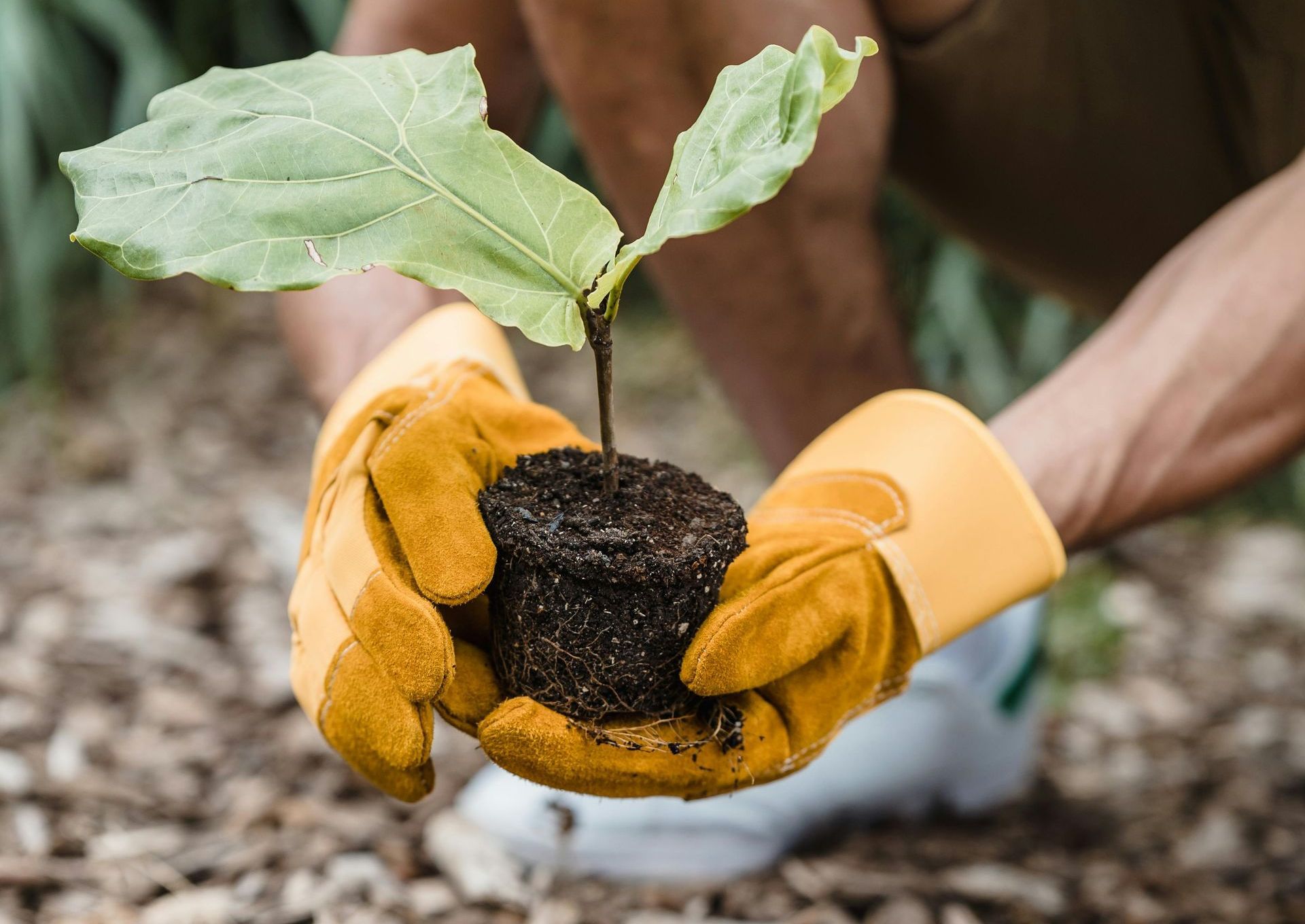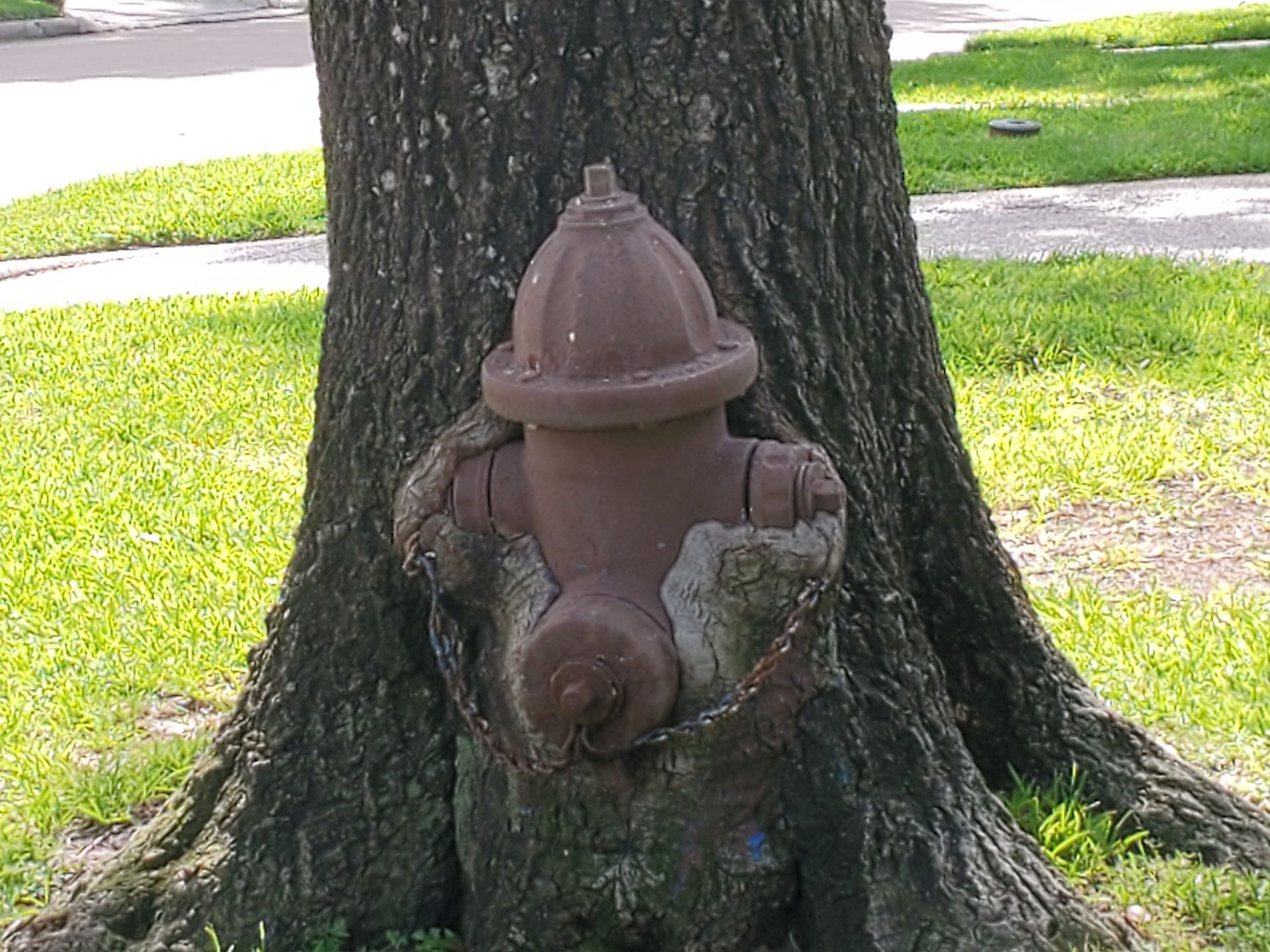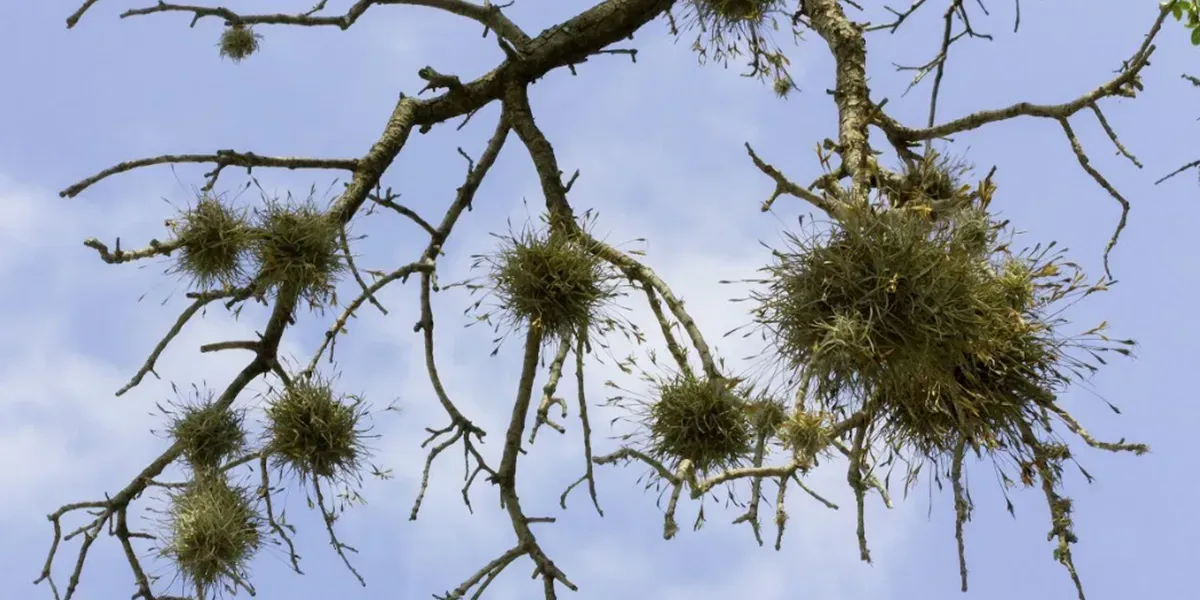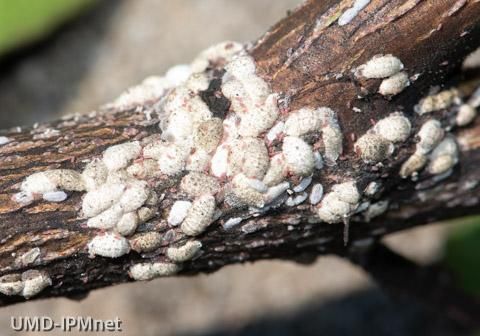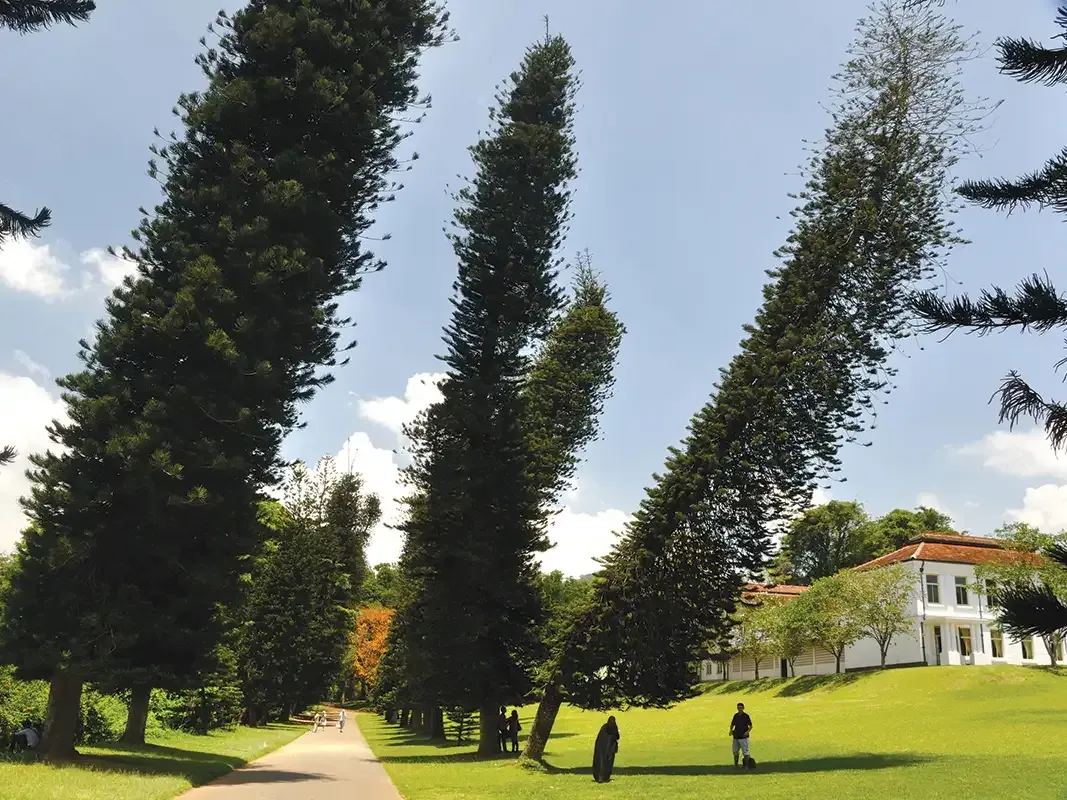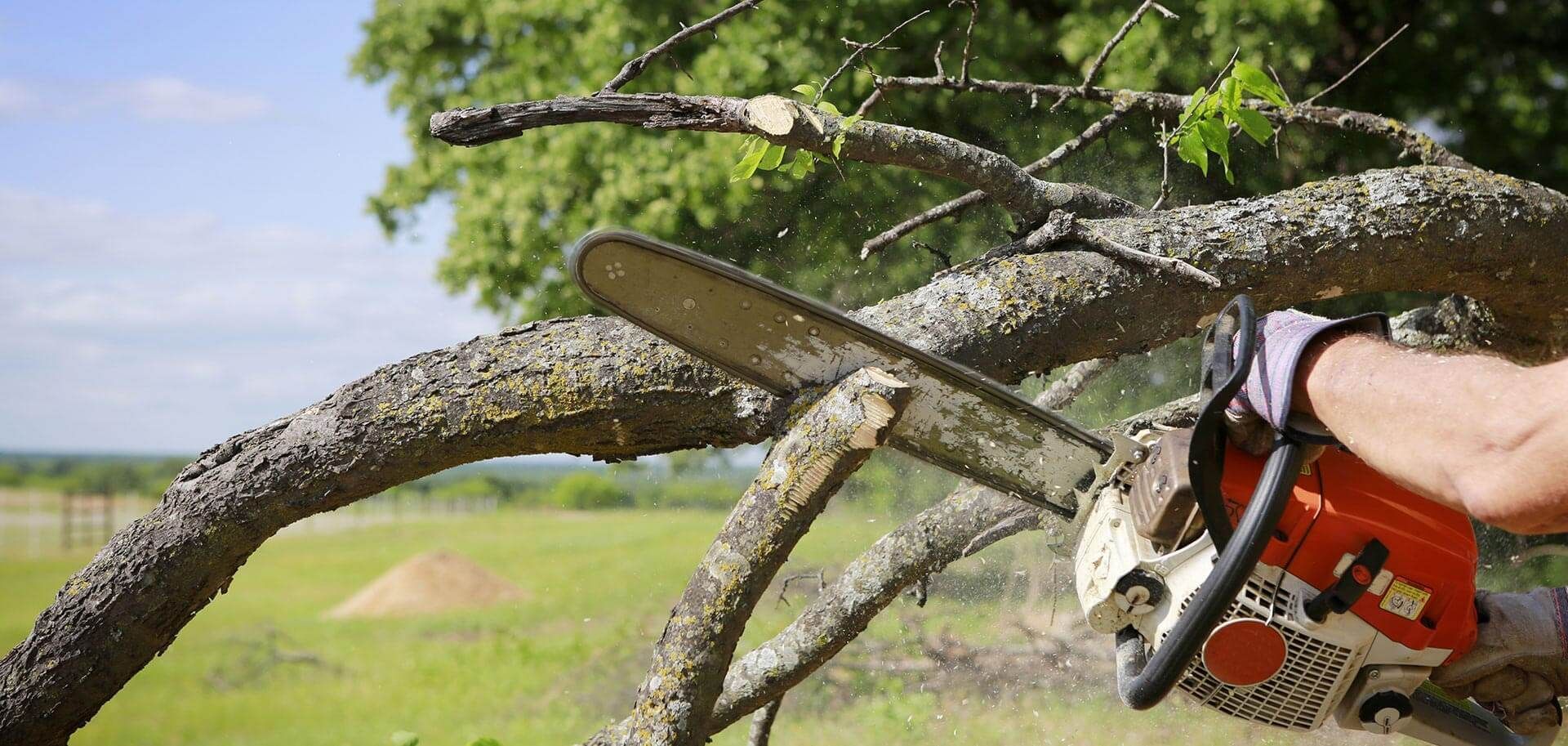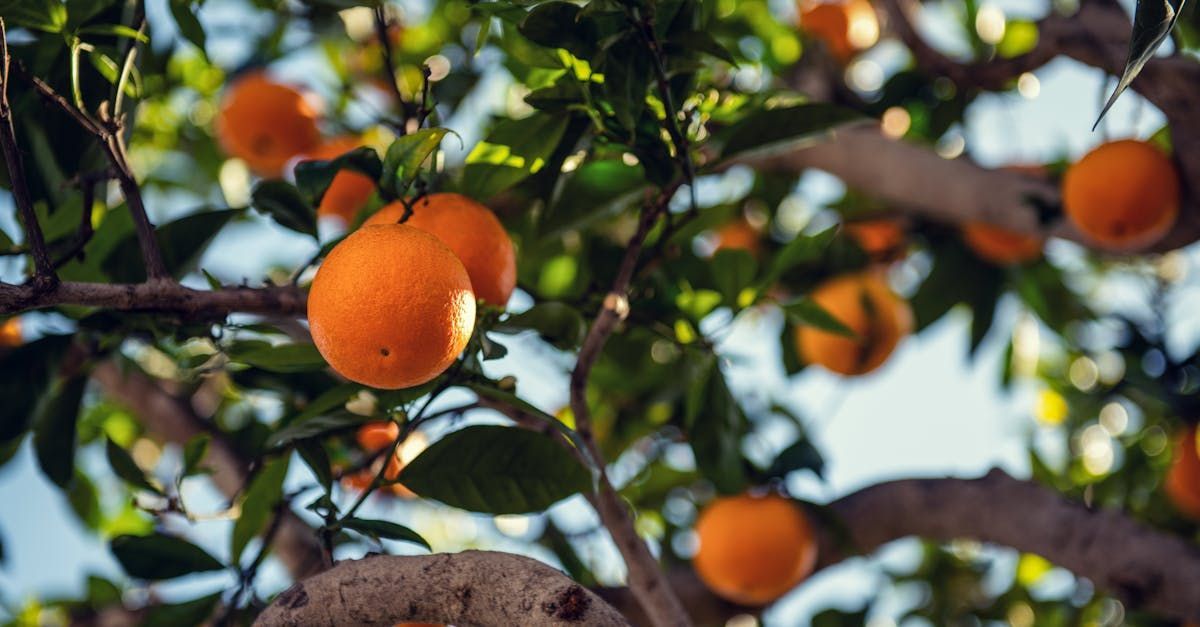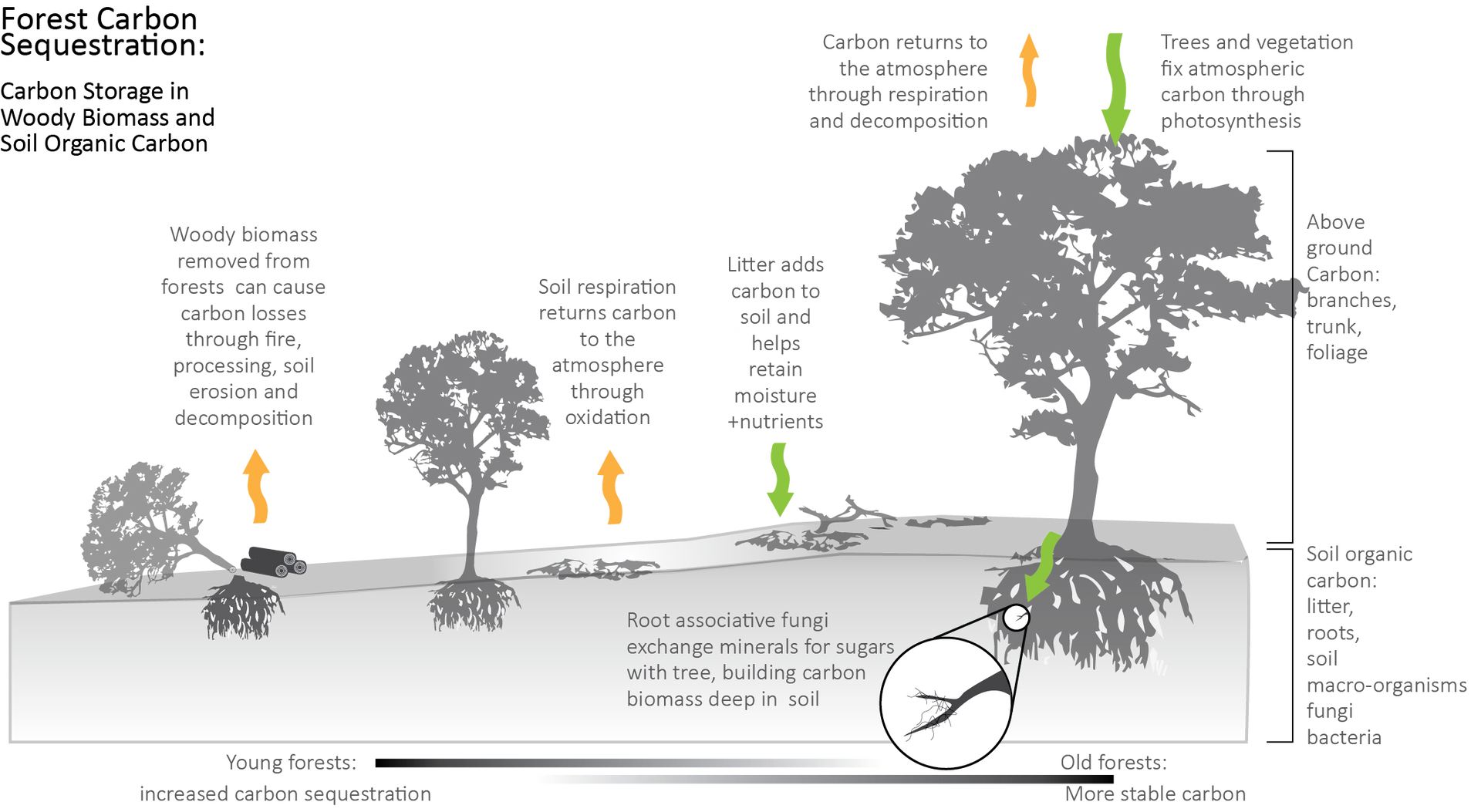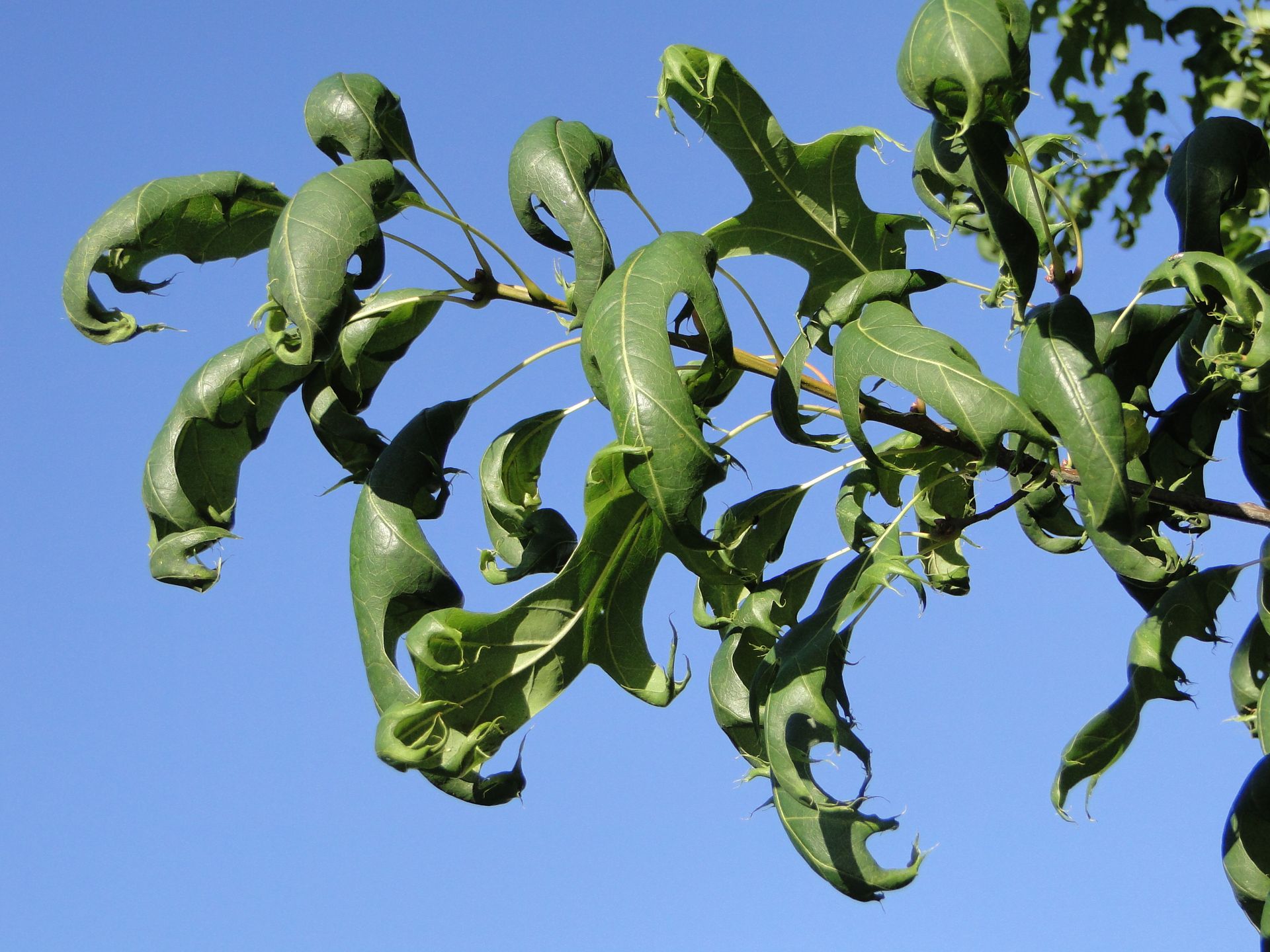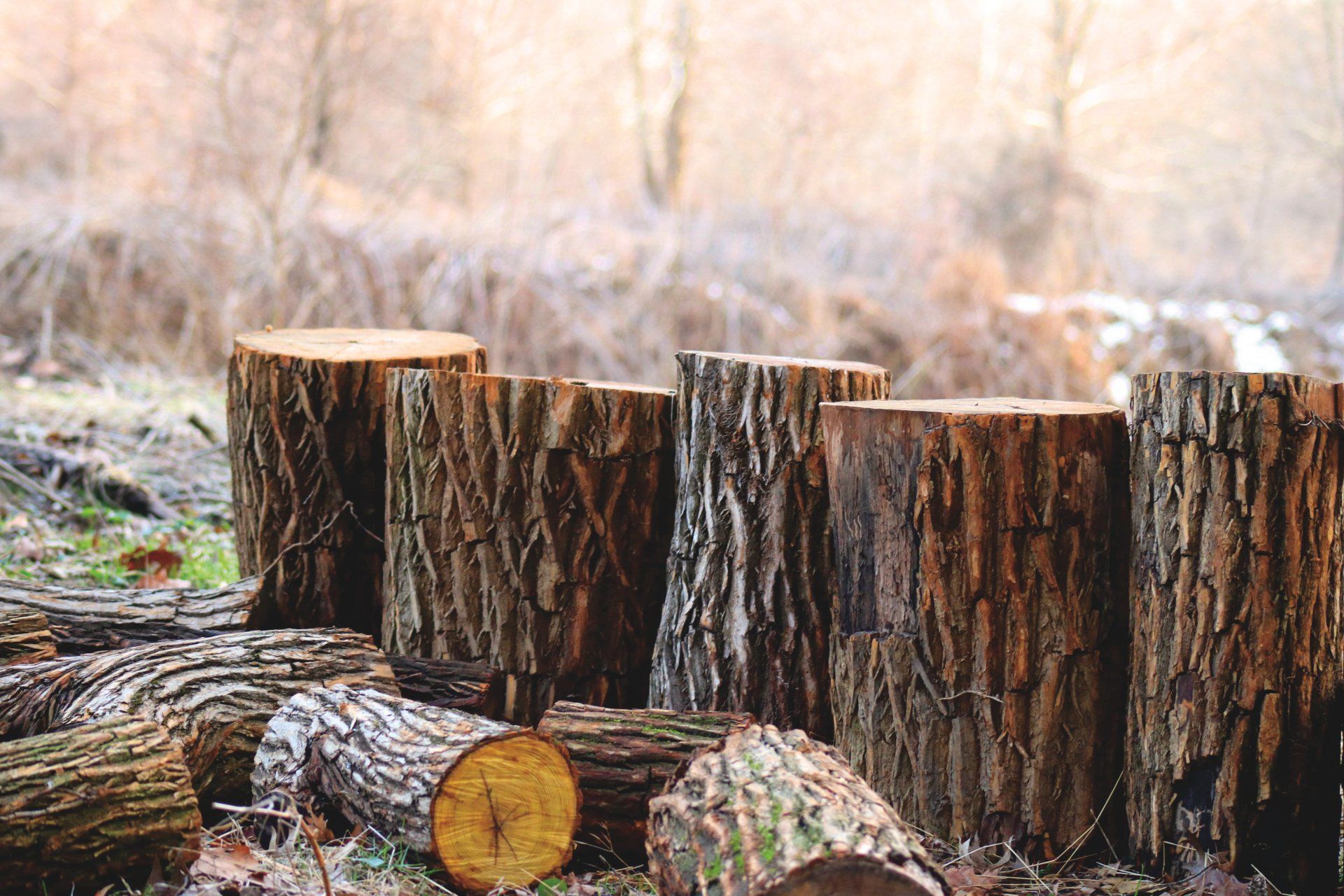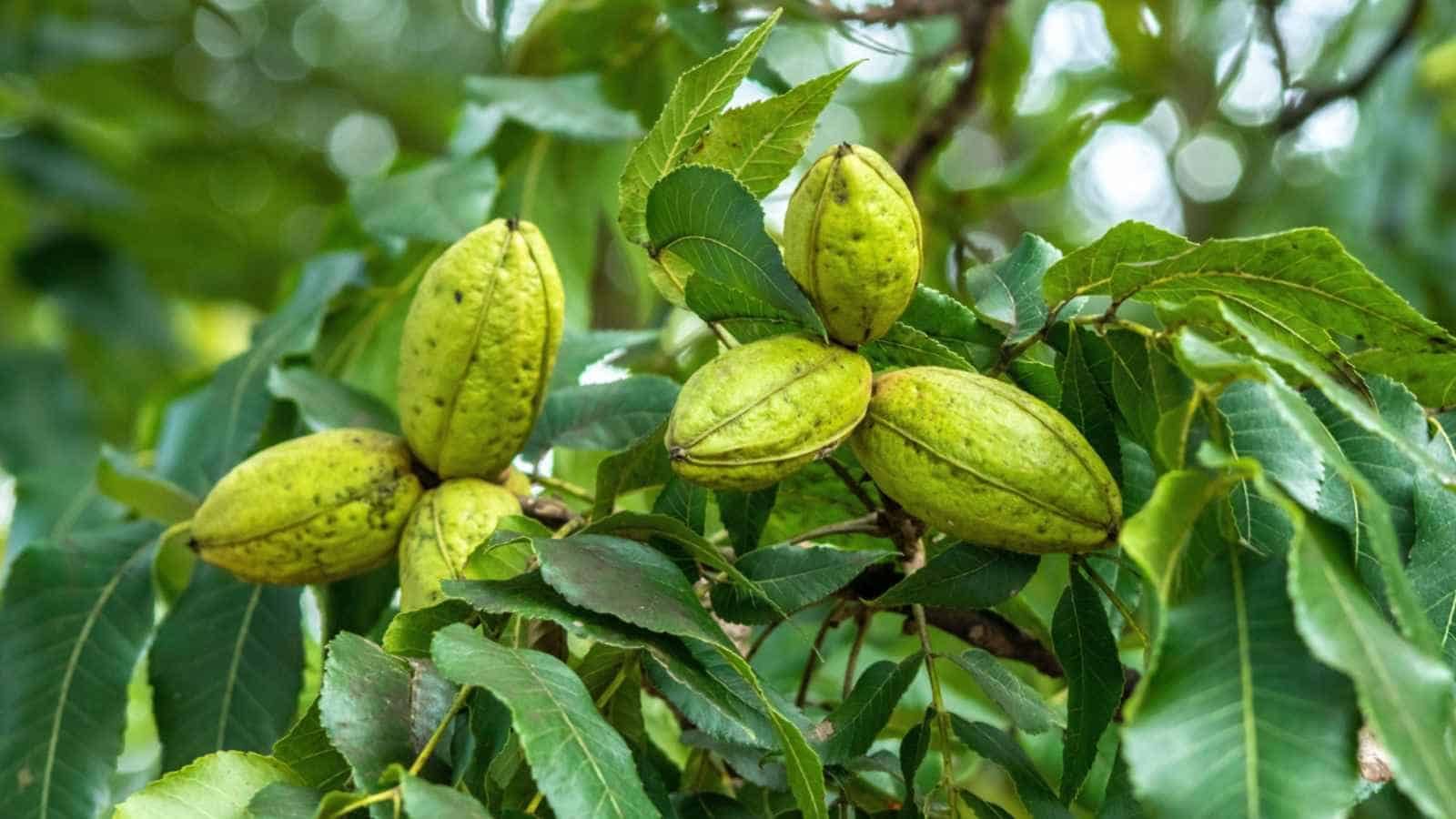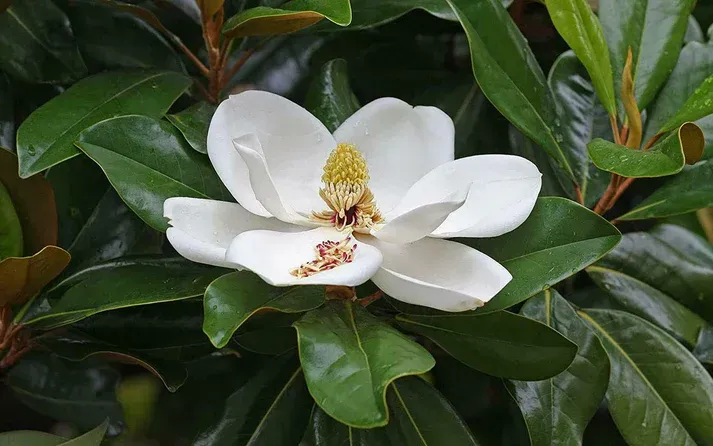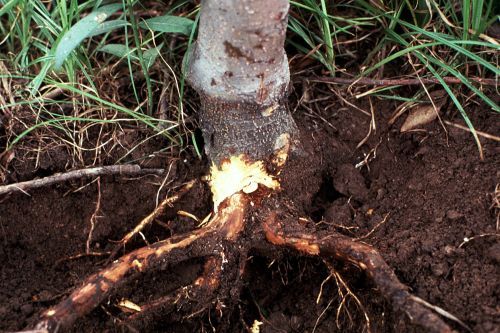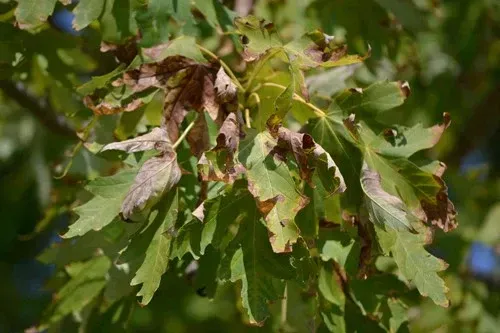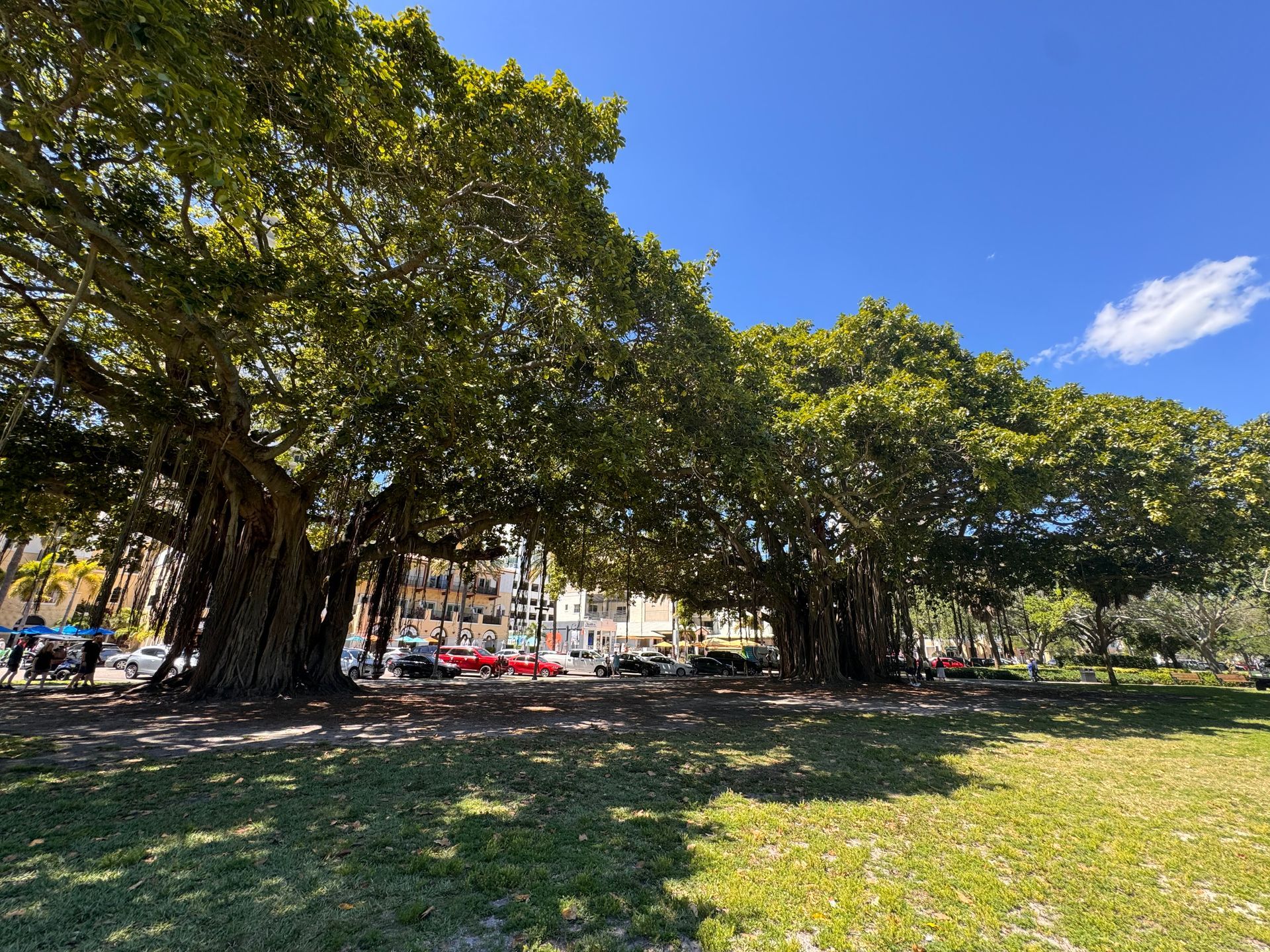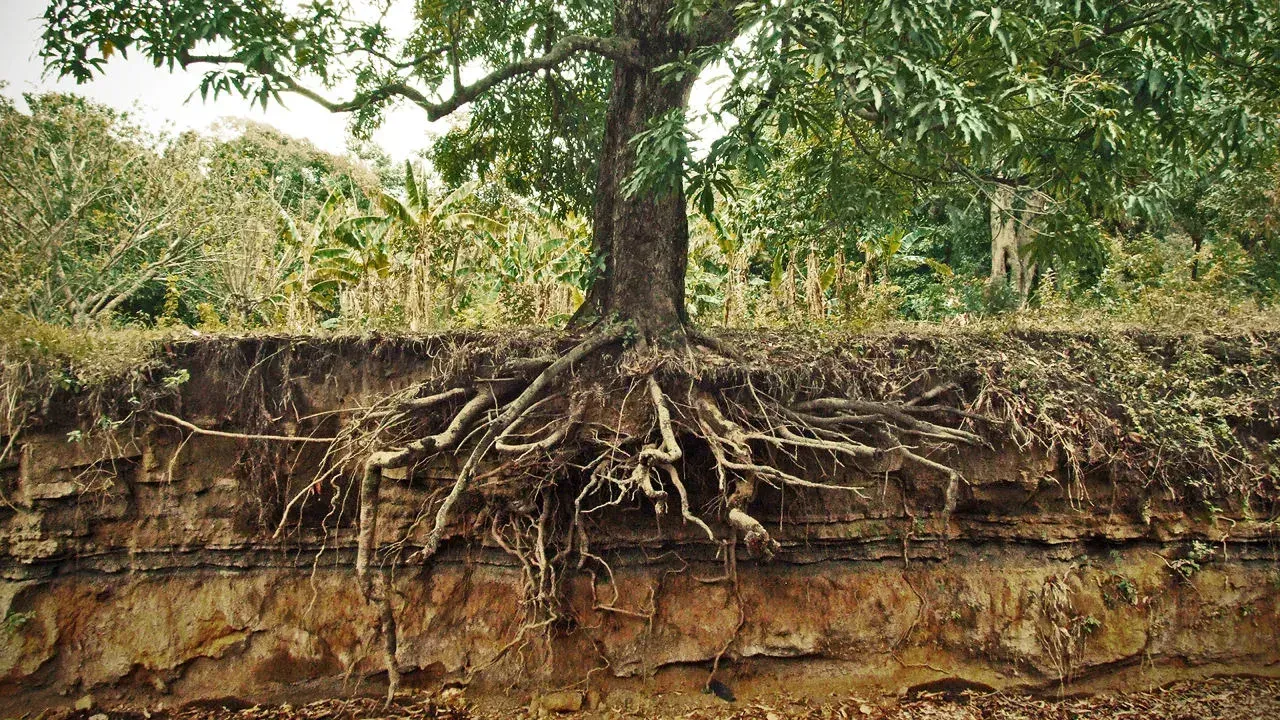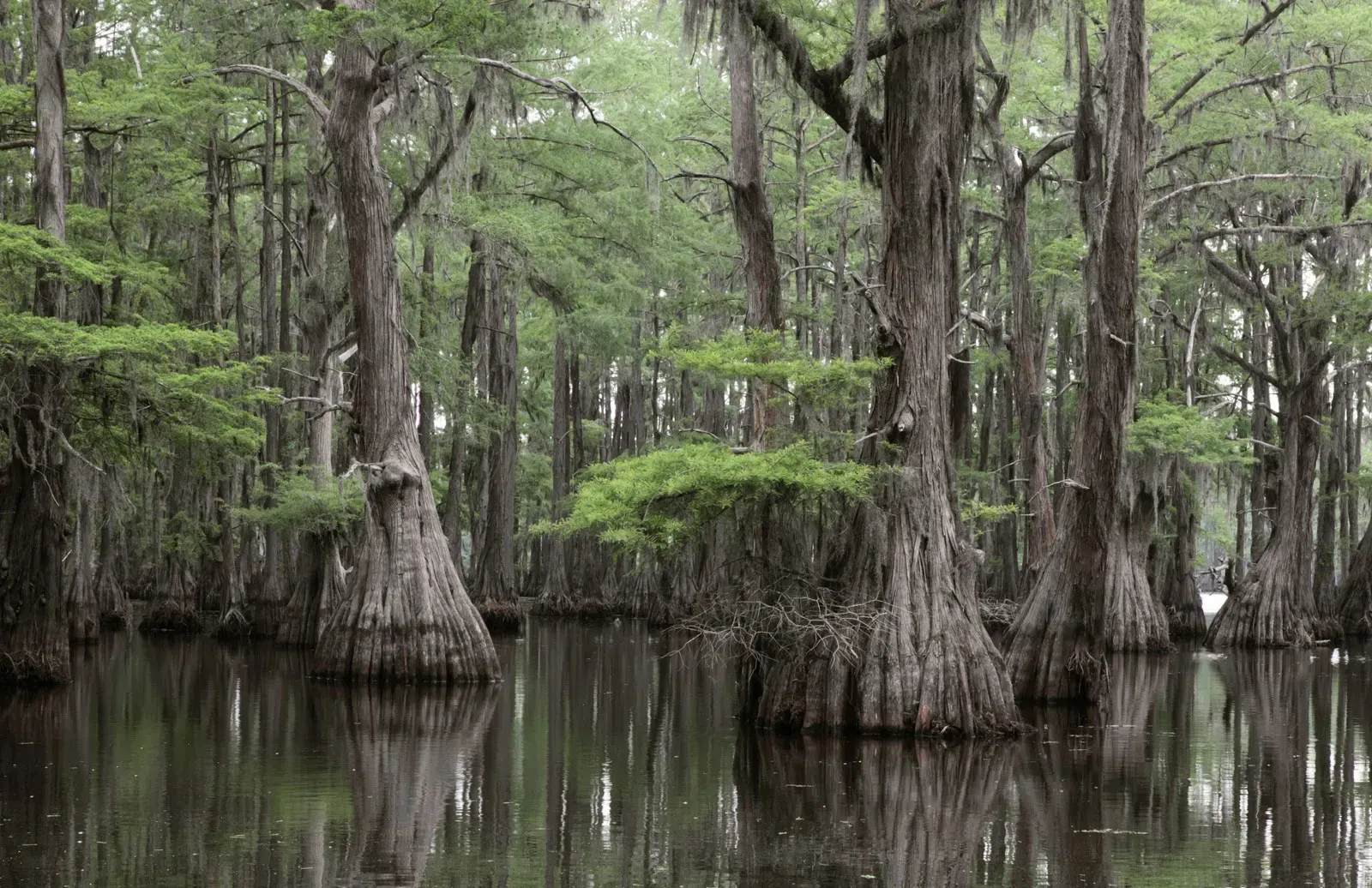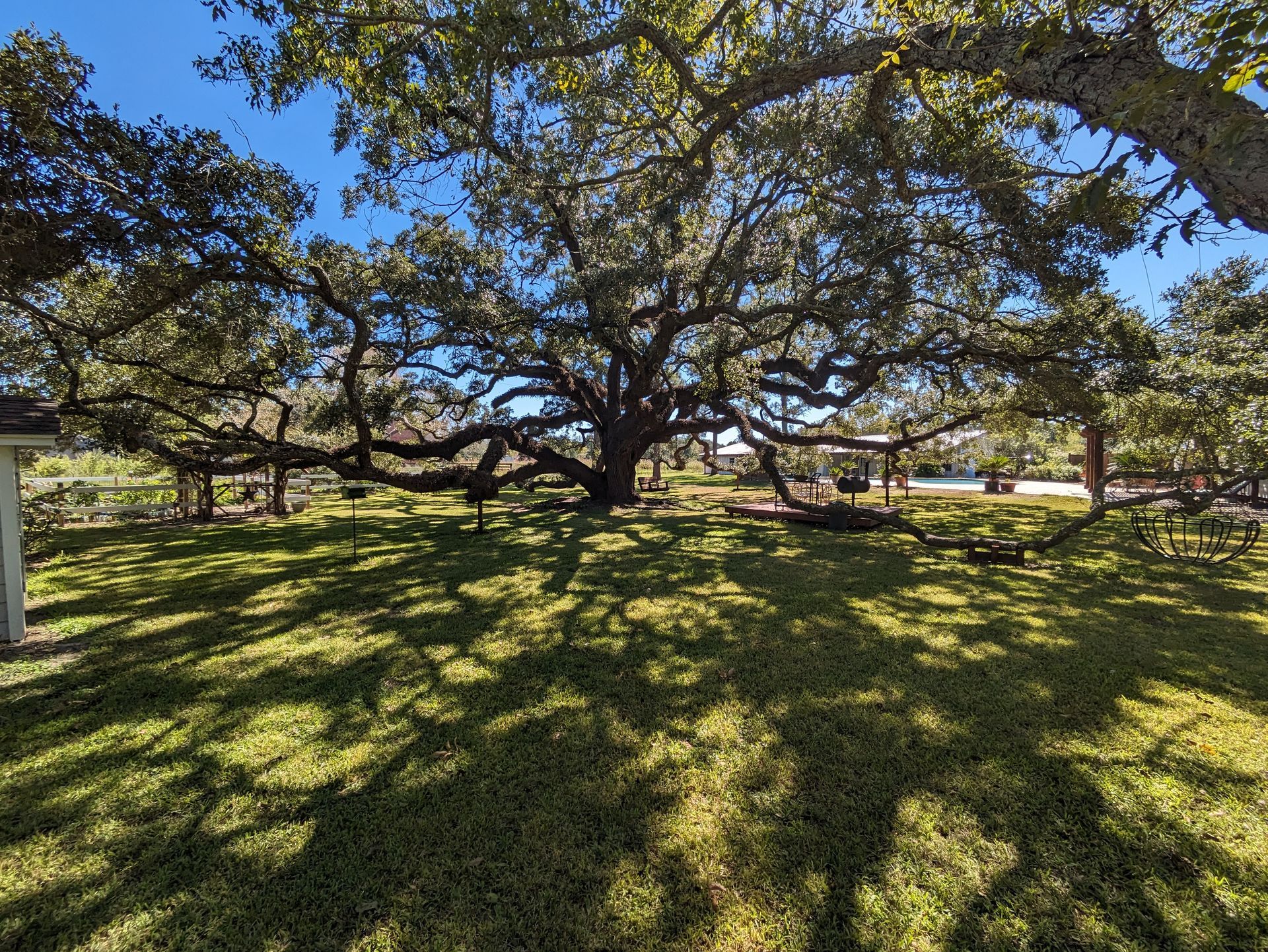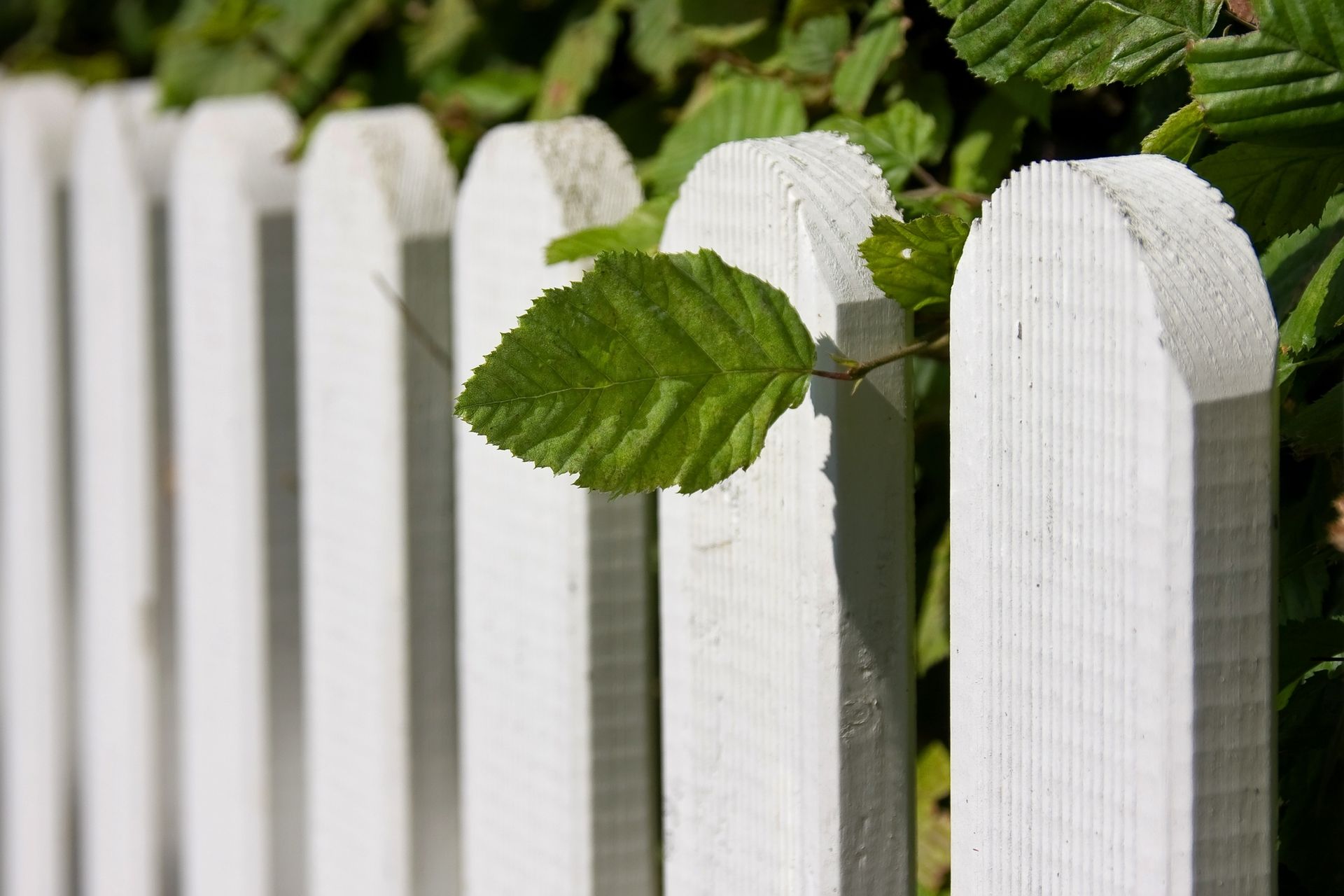Liriope’s Muse: Tree Care Tips from a Master Arborist
TRUSTED TREE CARE SERVICES SINCE 1970
Liriope's Muse - Protecting Trees and Homeowners: A Call to Rethink Forced Pruning by Insurance Companies
Trees are not just landscape features; they are living organisms, many of which have stood for centuries. Unfortunately, insurance companies are increasingly pressuring homeowners to prune or remove trees under the guise of liability and safety concerns. While safety is important, this approach often leads to over-pruning, which can weaken or even kill trees, especially older, historic ones.
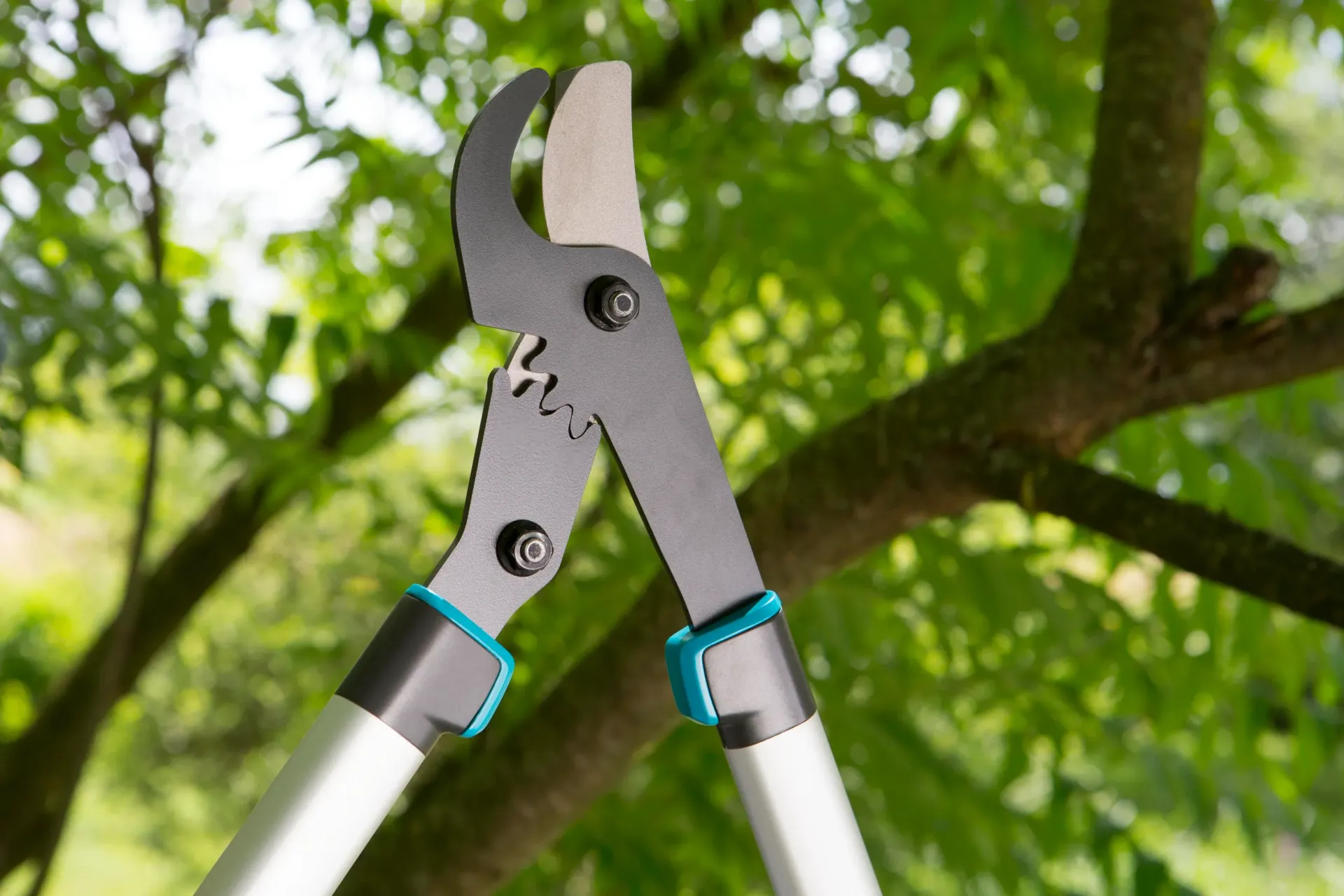
Forced pruning can have devastating effects on a tree’s health such as:
1. Reduction in Photosynthesis
Leaves are the primary organs for photosynthesis, where sunlight is converted into energy (sugars) that fuel the tree’s growth and maintenance. Over-pruning removes a significant portion of the canopy, reducing the tree’s ability to produce this vital energy. Without enough leaves, the tree is essentially starved, forcing it to rely on stored energy reserves. If these reserves are depleted, the tree will weaken, potentially leading to dieback in branches or roots.
2. Stressed Growth Response
When too much of the canopy is removed, trees often go into a state of shock and trigger a rapid growth response, known as epicormic sprouting. This stress reaction results in the production of weak, poorly attached shoots that are prone to breaking off. While this is a survival mechanism to compensate for the loss of leaves, the new growth is structurally unsound and does little to restore the tree’s health.
3. Increased Vulnerability to Pests and Disease
Pruning creates wounds, which trees naturally seal over with time. However, large or excessive pruning cuts overwhelm a tree’s natural healing capacity and weaken its allelopathic response leaving it vulnerable to invasion by pathogens, fungi, and pests. Trees with weakened allelopathic chemicals and large wounds make for the perfect breeding grounds.
4. Disruption of Hormonal Balance
Pruning disturbs the balance of hormones within the tree, particularly auxins and cytokinins, which regulate growth. The disruption of these hormones causes erratic growth patterns, leading to weak branch development and inefficient nutrient distribution. Over time, this imbalance can lead to reduced vitality and uneven growth, leaving the tree structurally compromised.
5. Compromised Root Health
There is a strong relationship between a tree's canopy and its root system.(or its natural root-to-shoot ratio) The leaves support root growth by providing the necessary sugars for energy. When over-pruned, the root system becomes undernourished, leading to root dieback. This weakens the tree's anchorage and water/nutrient uptake, further jeopardizing its health. In extreme cases, a significant loss of roots can destabilize the tree, increasing the risk of it falling during storms.
6. Loss of Stored Energy
Mature and historic trees store energy reserves in their wood, which they rely on during periods of stress. When over-pruned, these energy reserves are drained to sustain the tree through a difficult period of recovery. However, in cases of excessive or repeated over-pruning, the tree may not have enough energy to recover, leading to irreversible decline.
7. Structural Weakness
Excessive pruning can remove critical load-bearing branches, disrupting the natural masdamping process of the tree. The loss of major branches can lead to weakened structural integrity and imbalance, making the tree more susceptible to wind damage or branch failure.
Over time, this can lead to irreversible damage or death. For historic and mature trees, which are irreplaceable assets to the community and environment, such practices are particularly harmful.
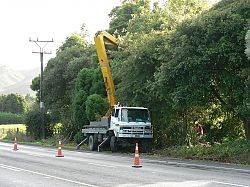
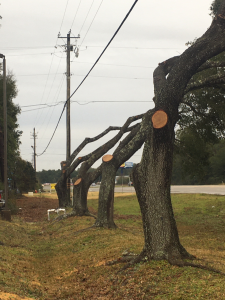
The above images show the before and after of a city carrying out pruning as instructed by insurance. (different angles, but the same trees.
Instead of blanket policies that require aggressive pruning, insurance companies should work with certified arborists to assess trees on a case-by-case basis. Homeowners should advocate for a balanced approach—one that prioritizes both safety and the preservation of these natural treasures. By doing so, we can protect our homes and the irreplaceable beauty and environmental benefits that trees provide.
Homeowners, stand up for your trees. Insist on assessments from professionals who understand tree health, and push back against practices that could lead to long-term harm. The health of our trees is an investment in the future of our neighborhoods, our environment, and our history.
Sources:
https://nwdistrict.ifas.ufl.edu/hort/2020/07/09/why-did-they-cut-my-trees-2/
Liriope’s Muse - Expert Tree Care Tips
